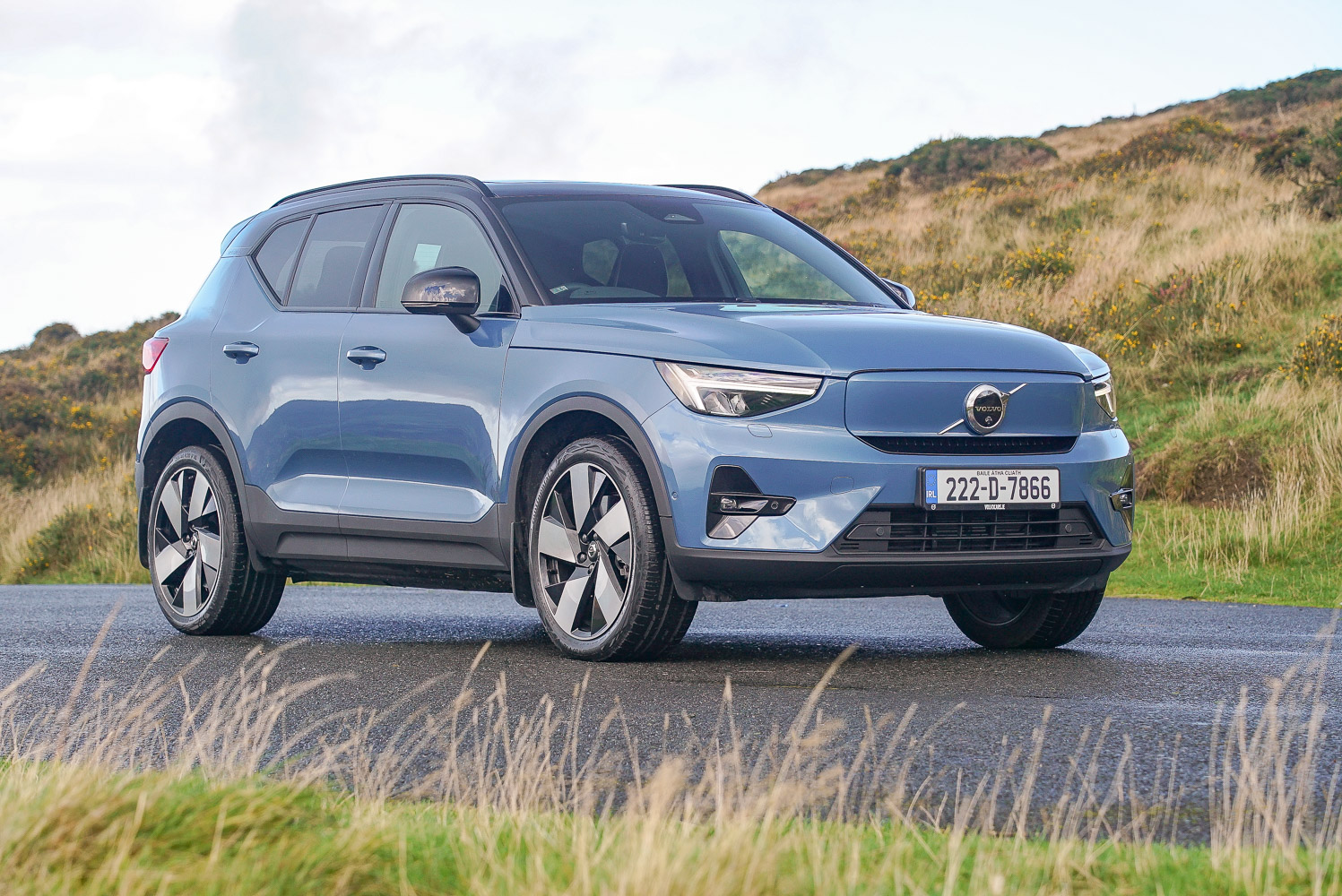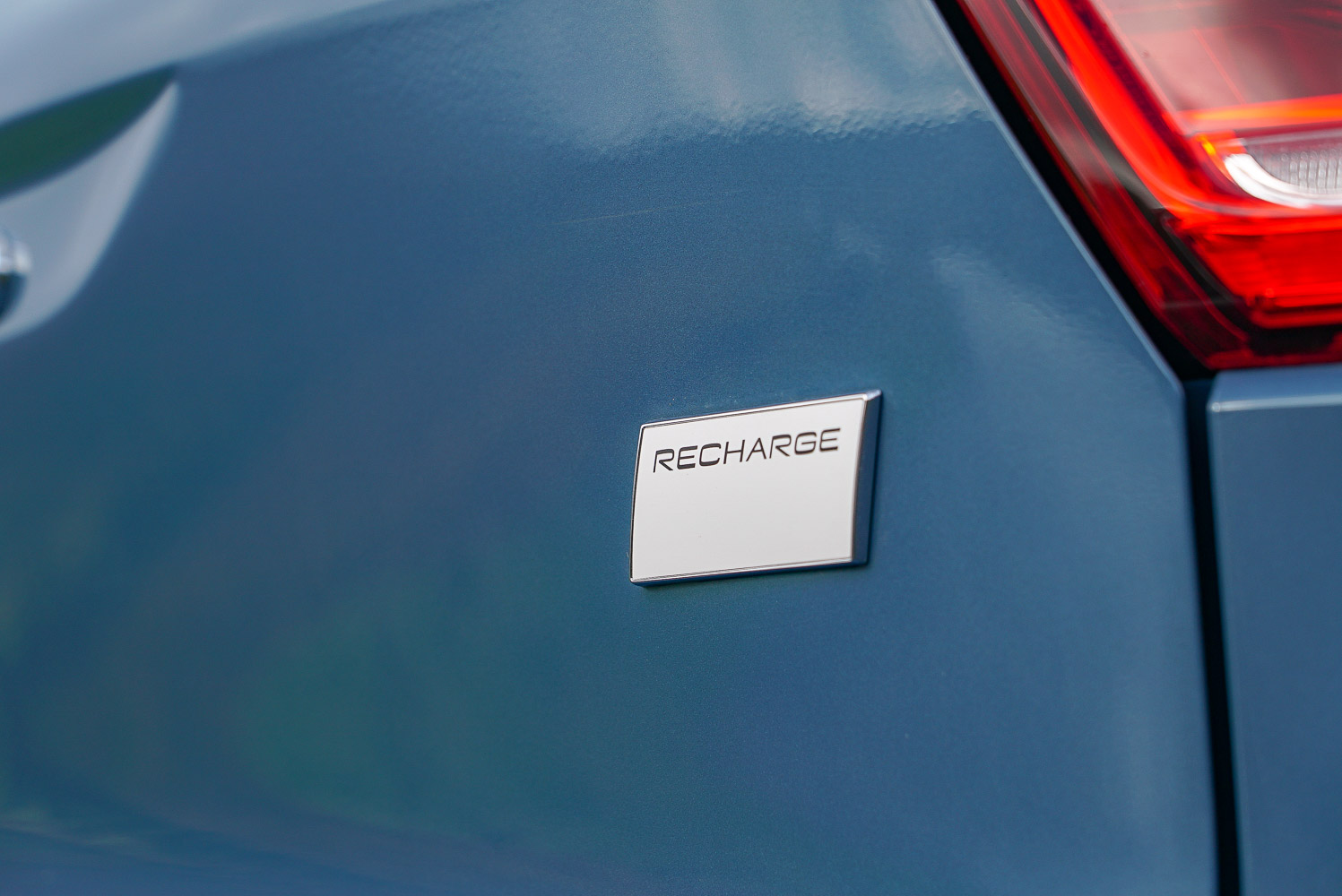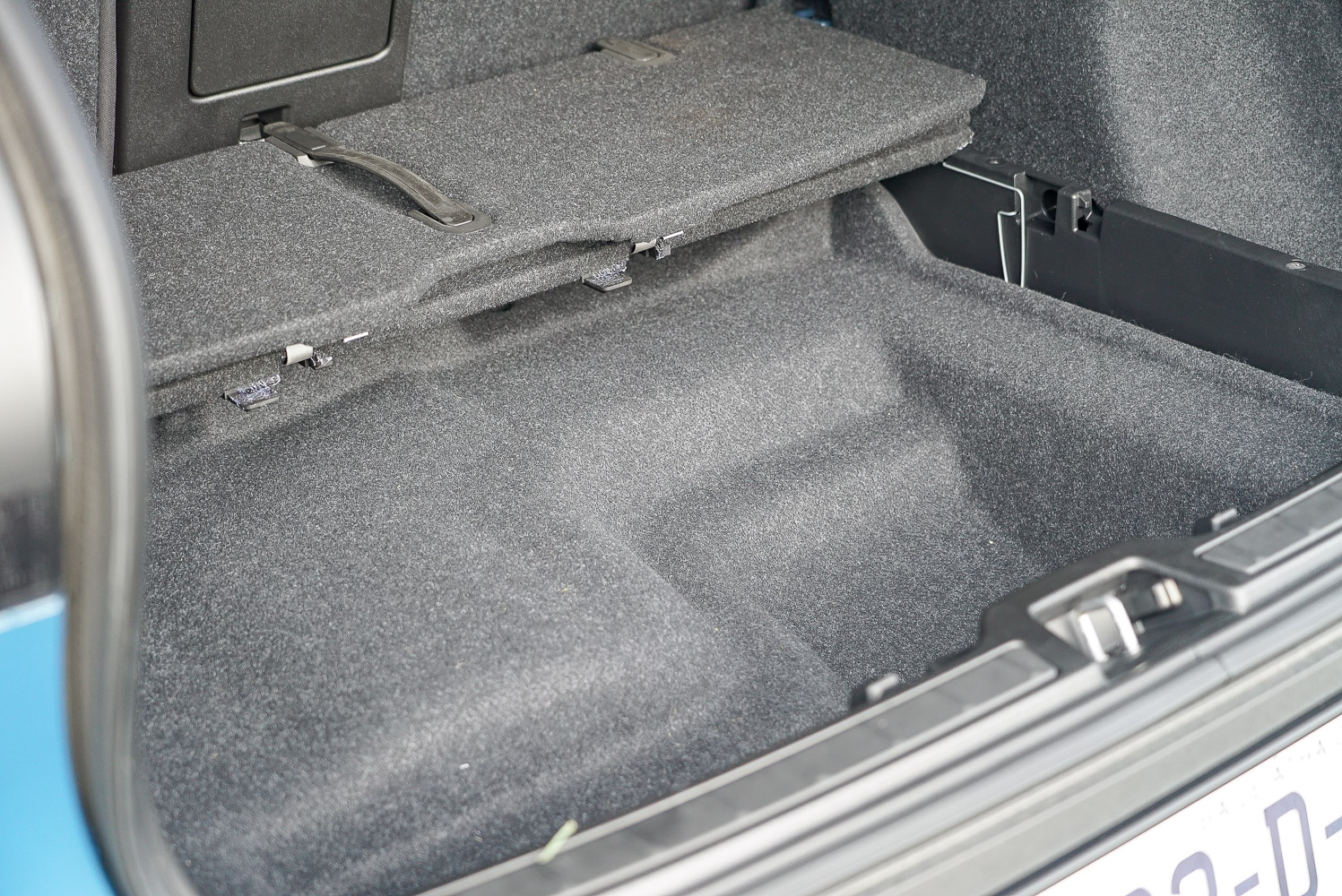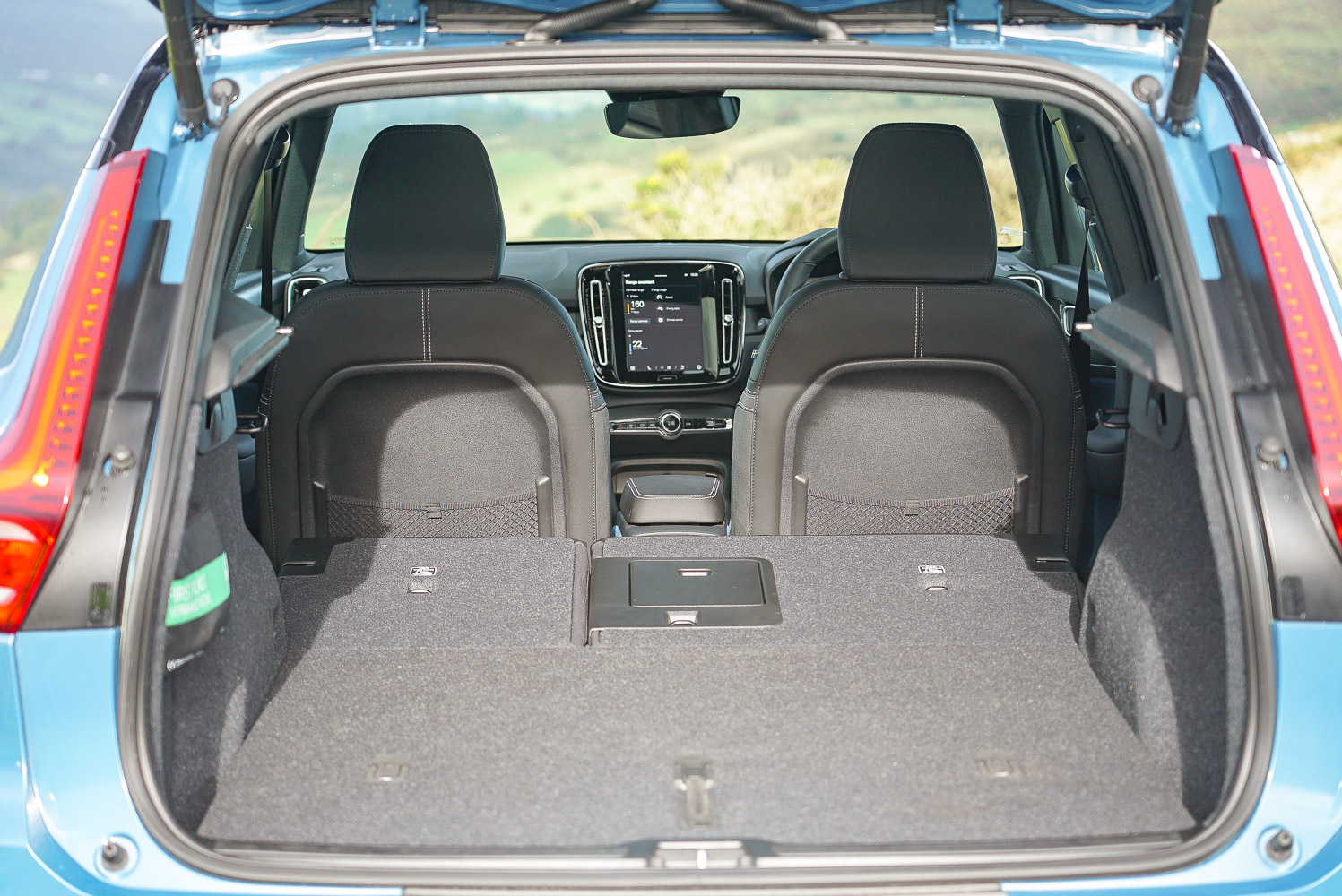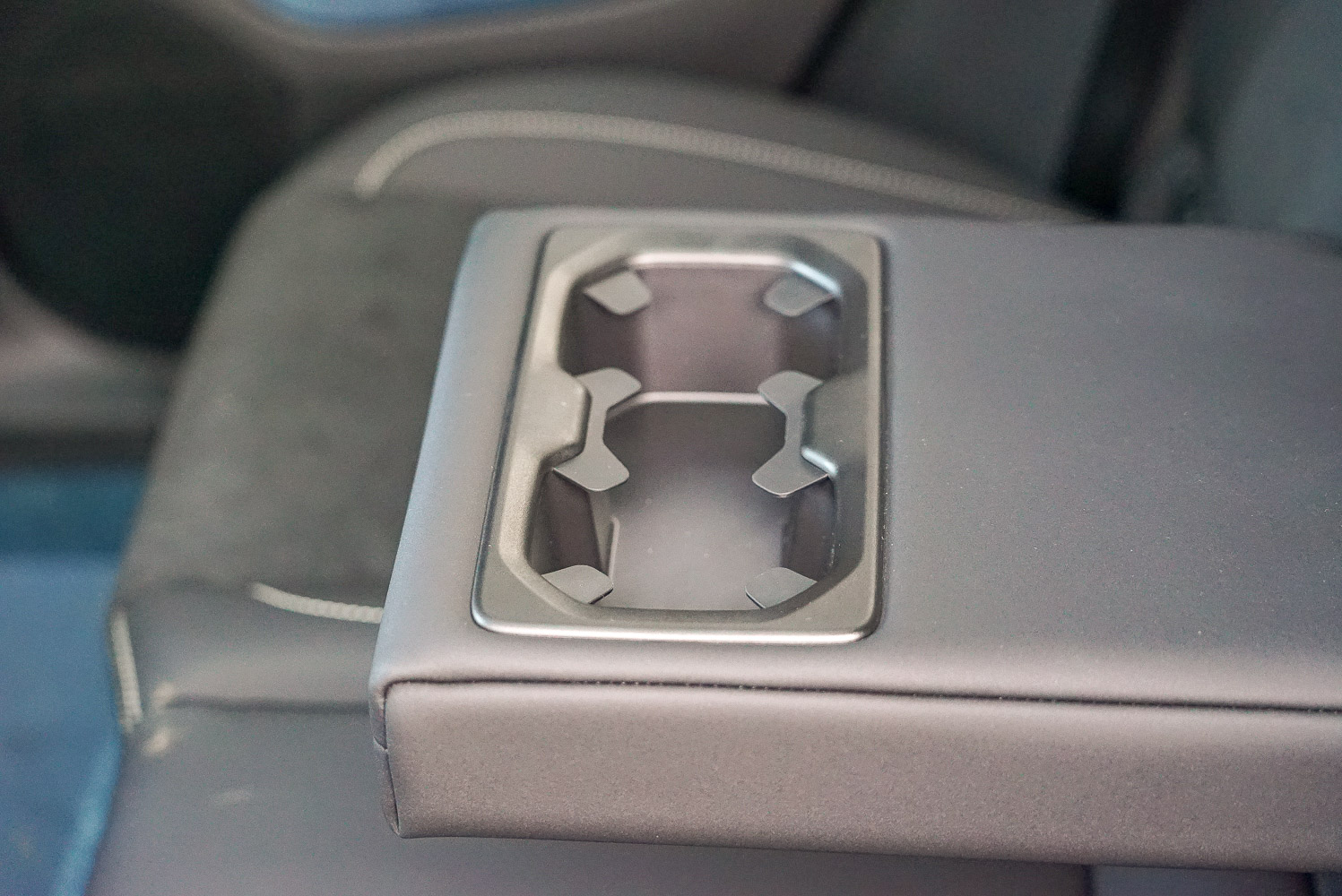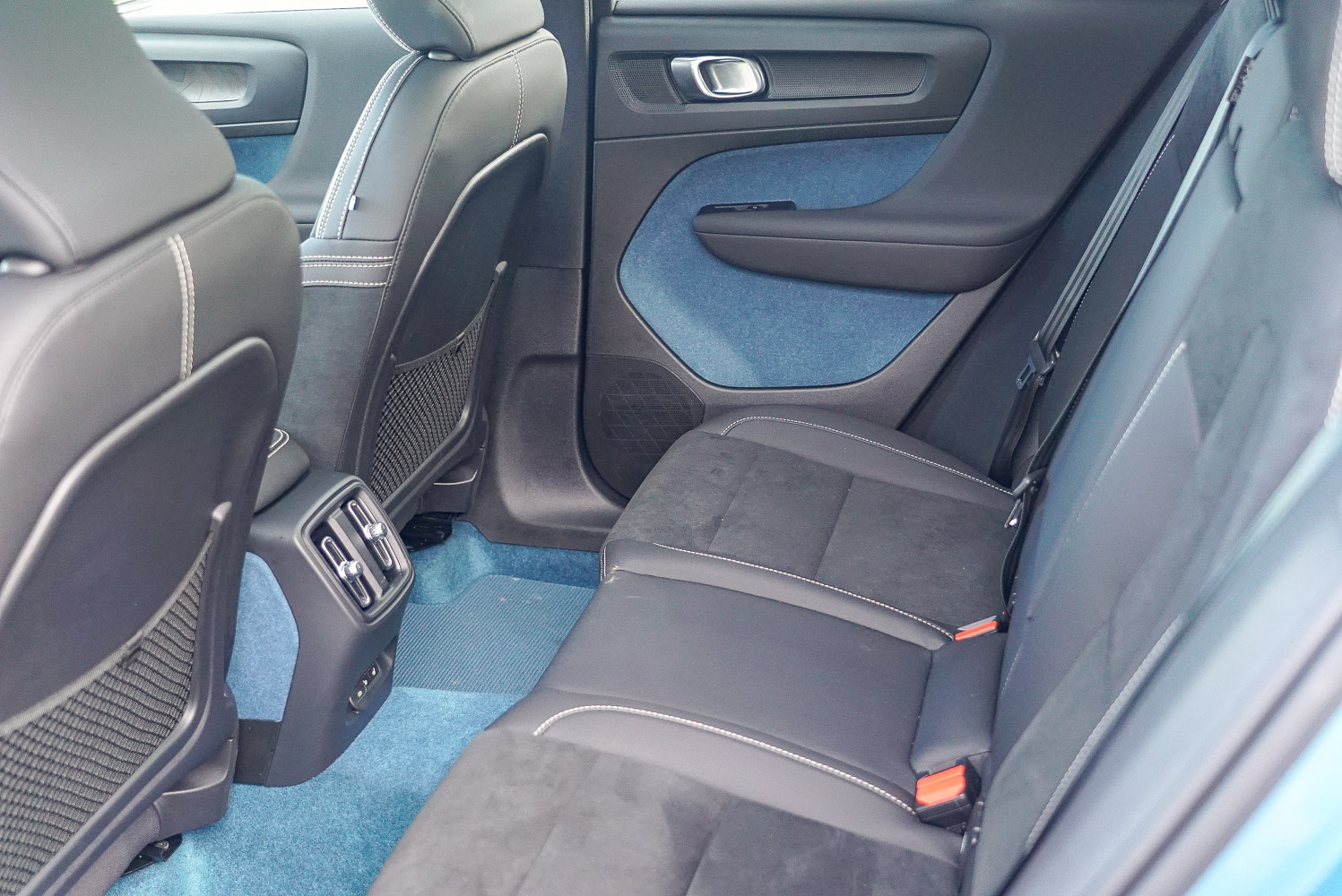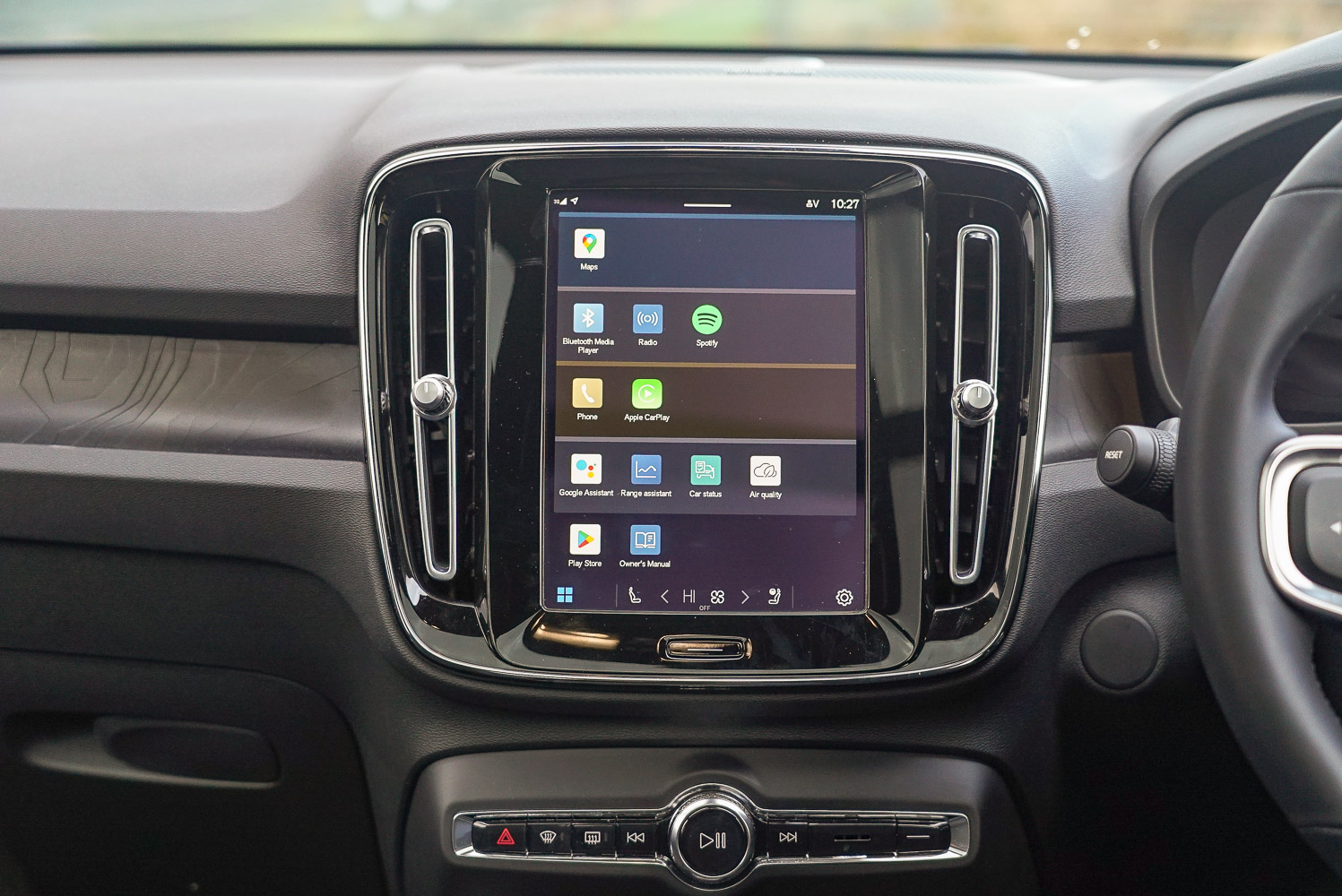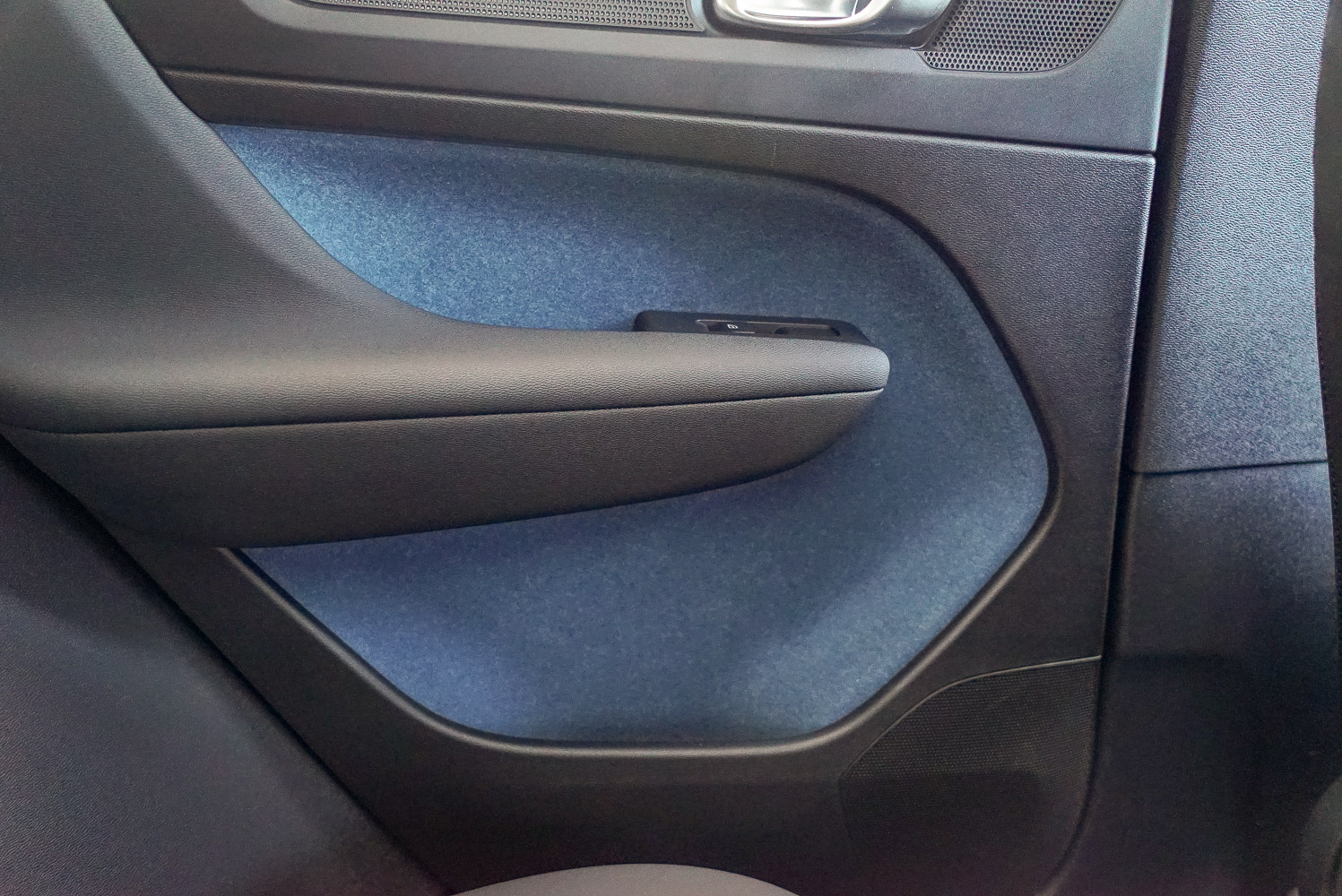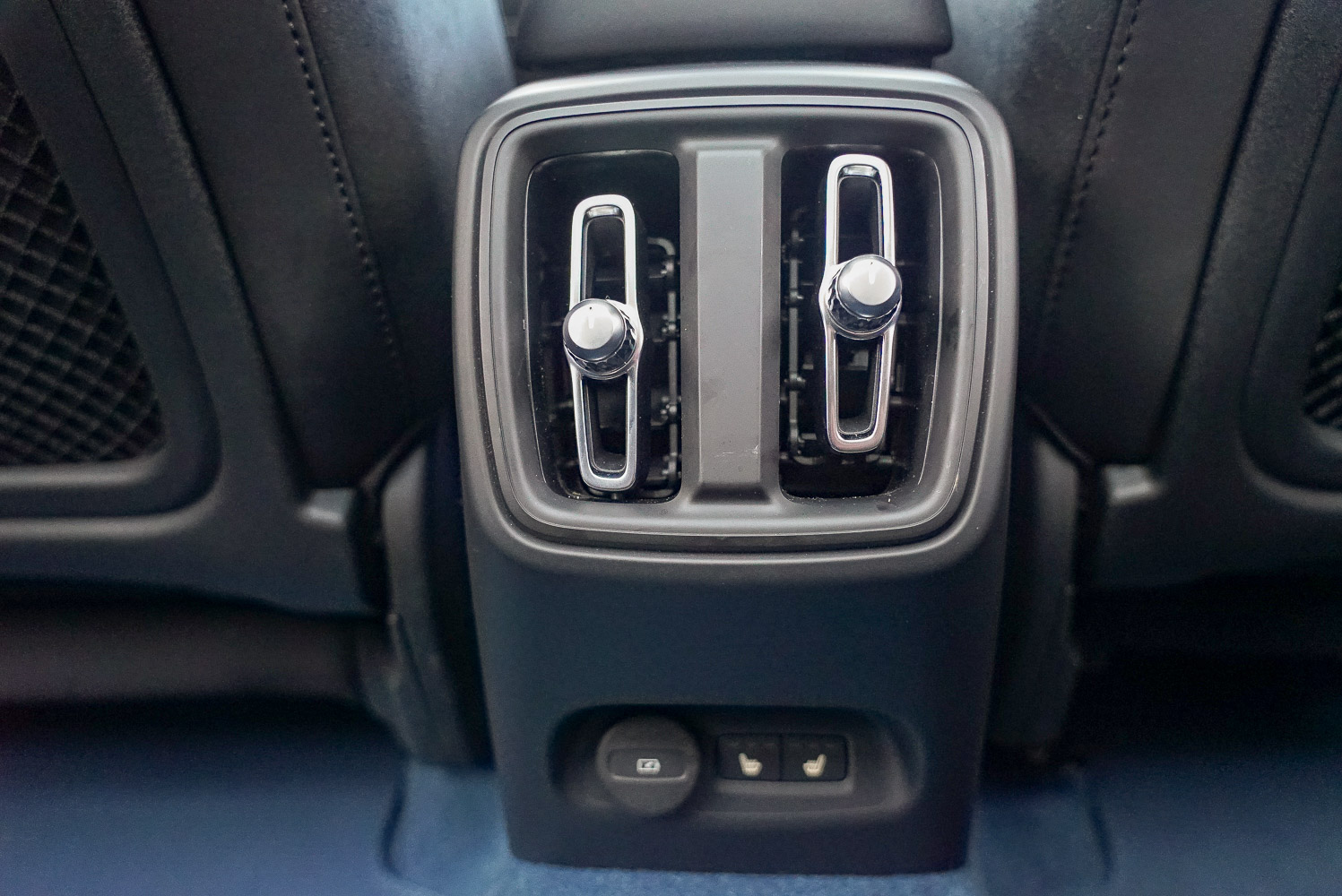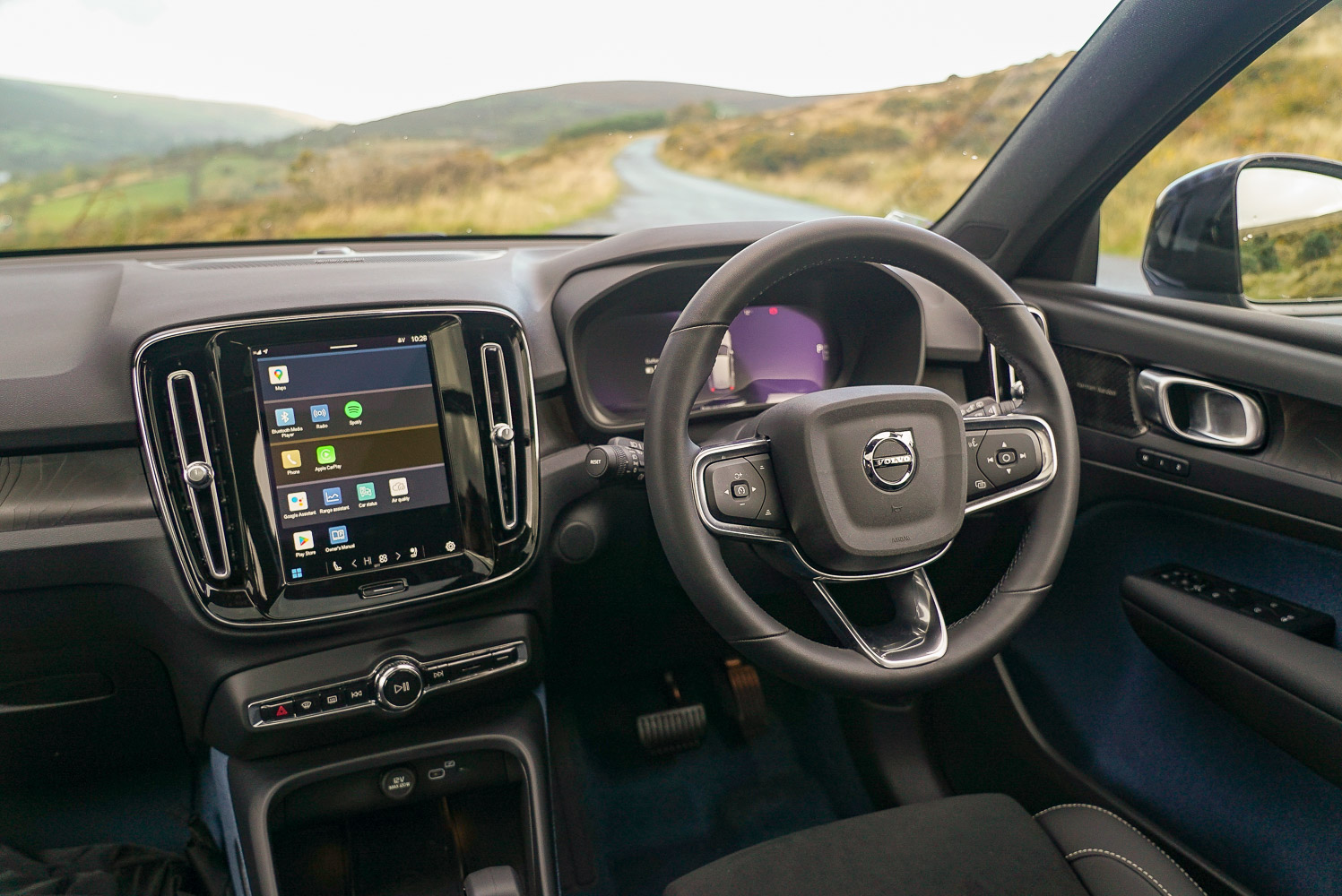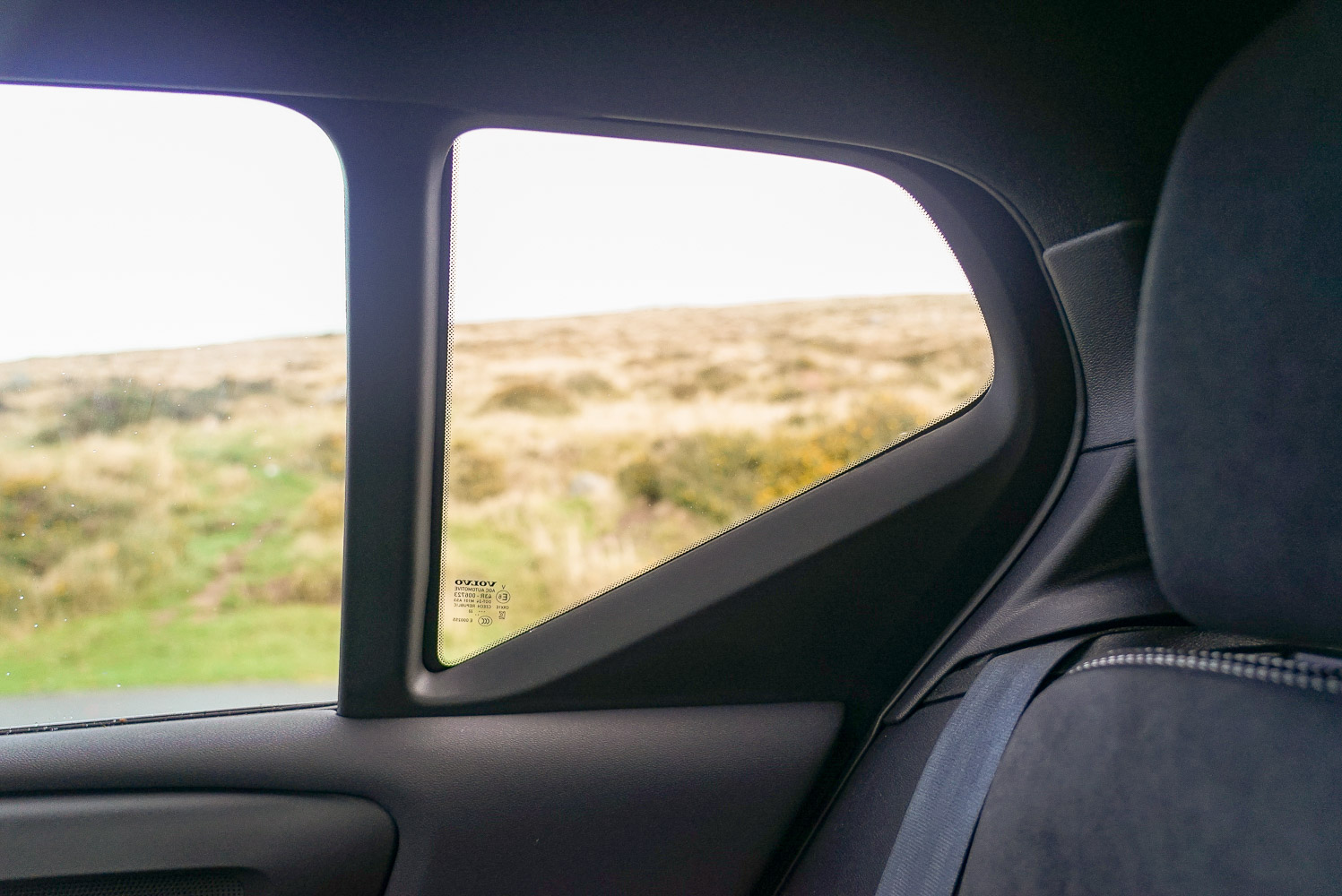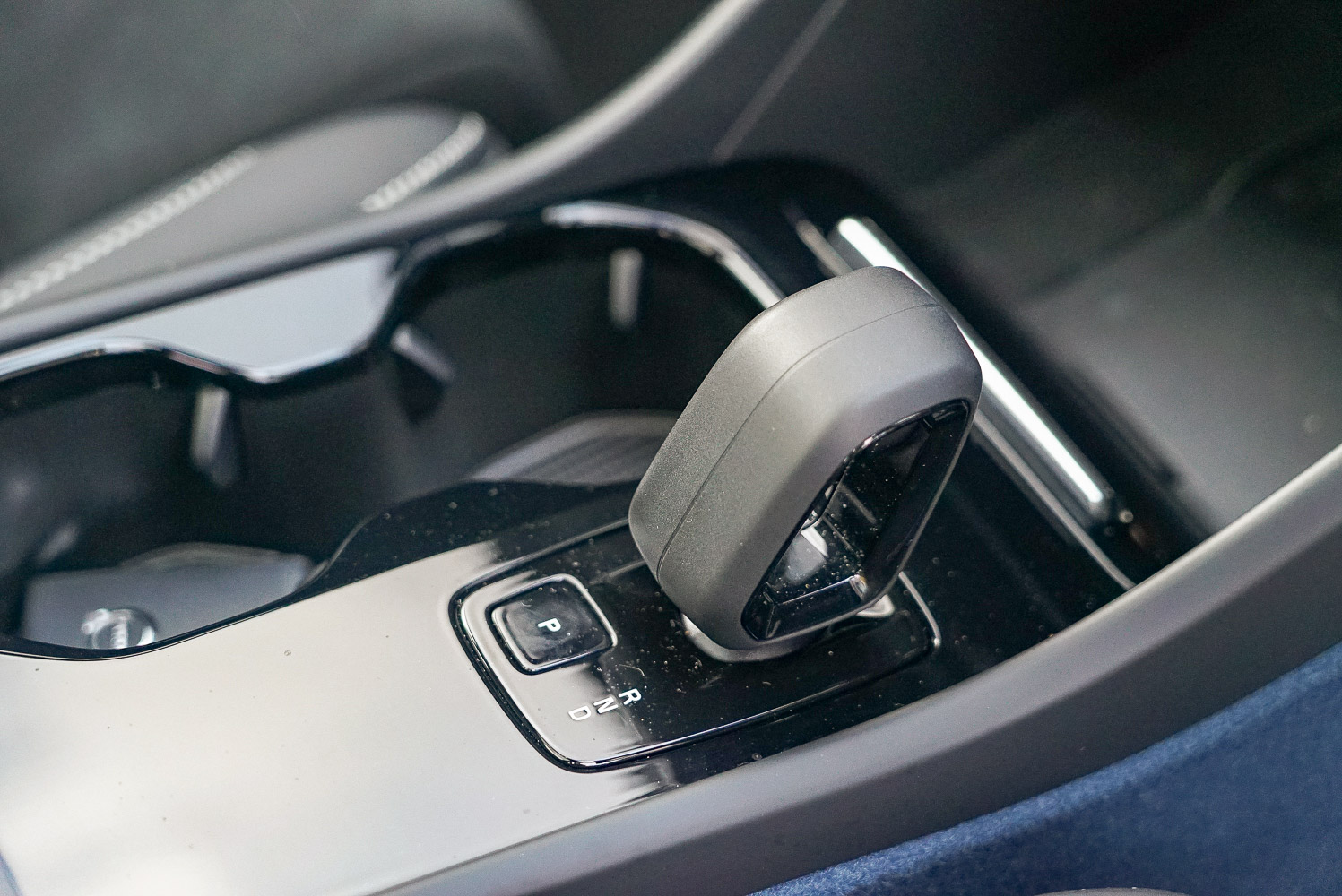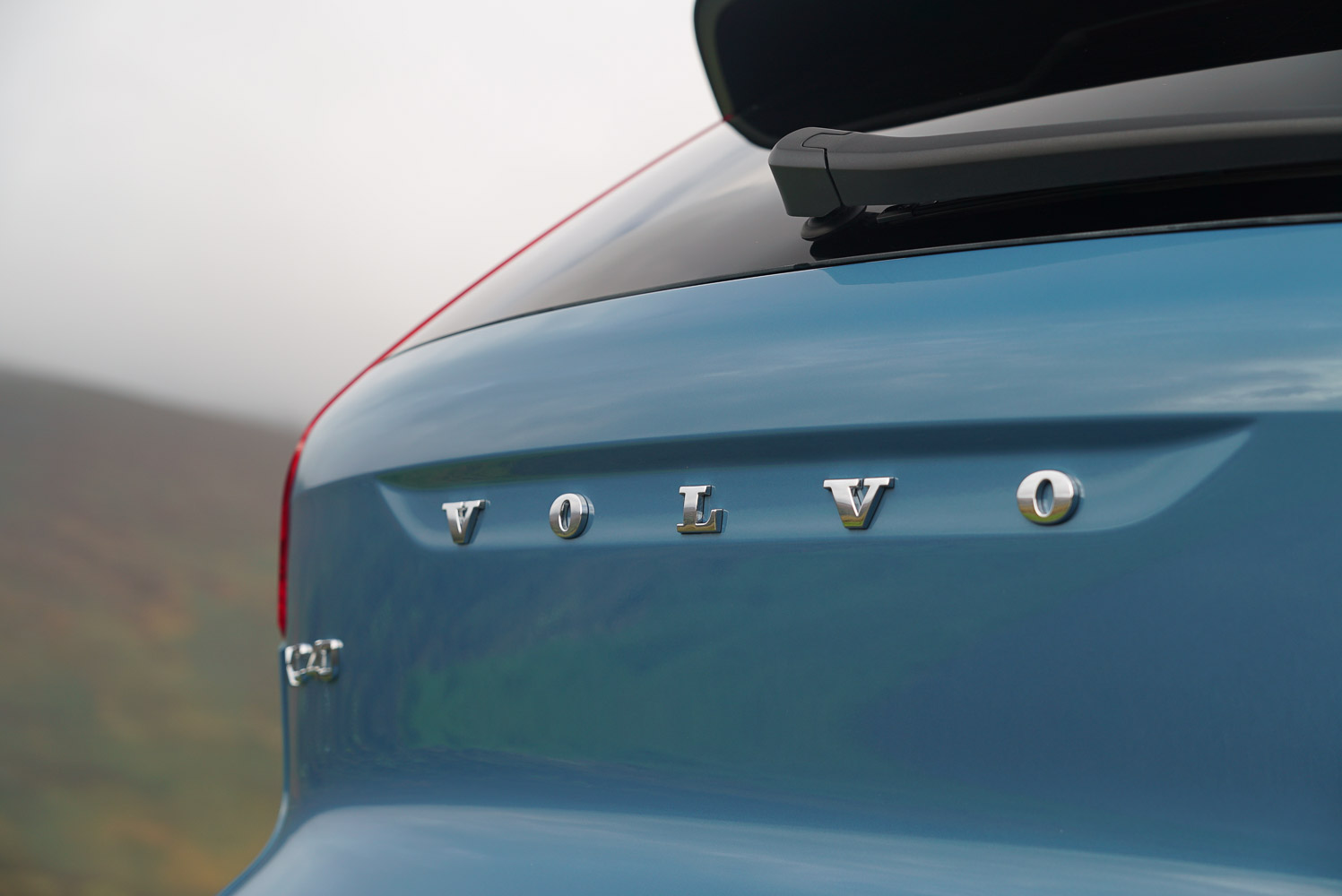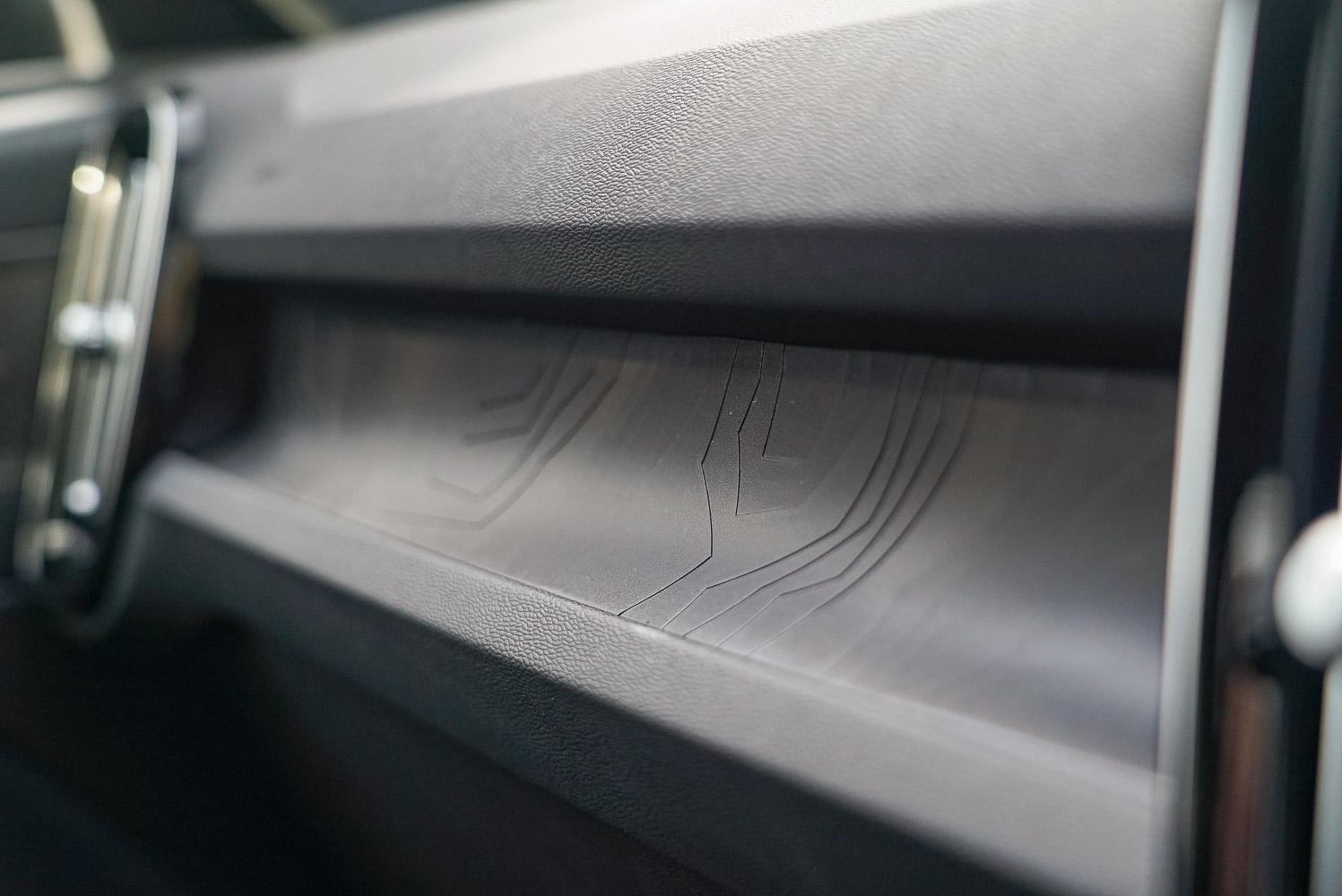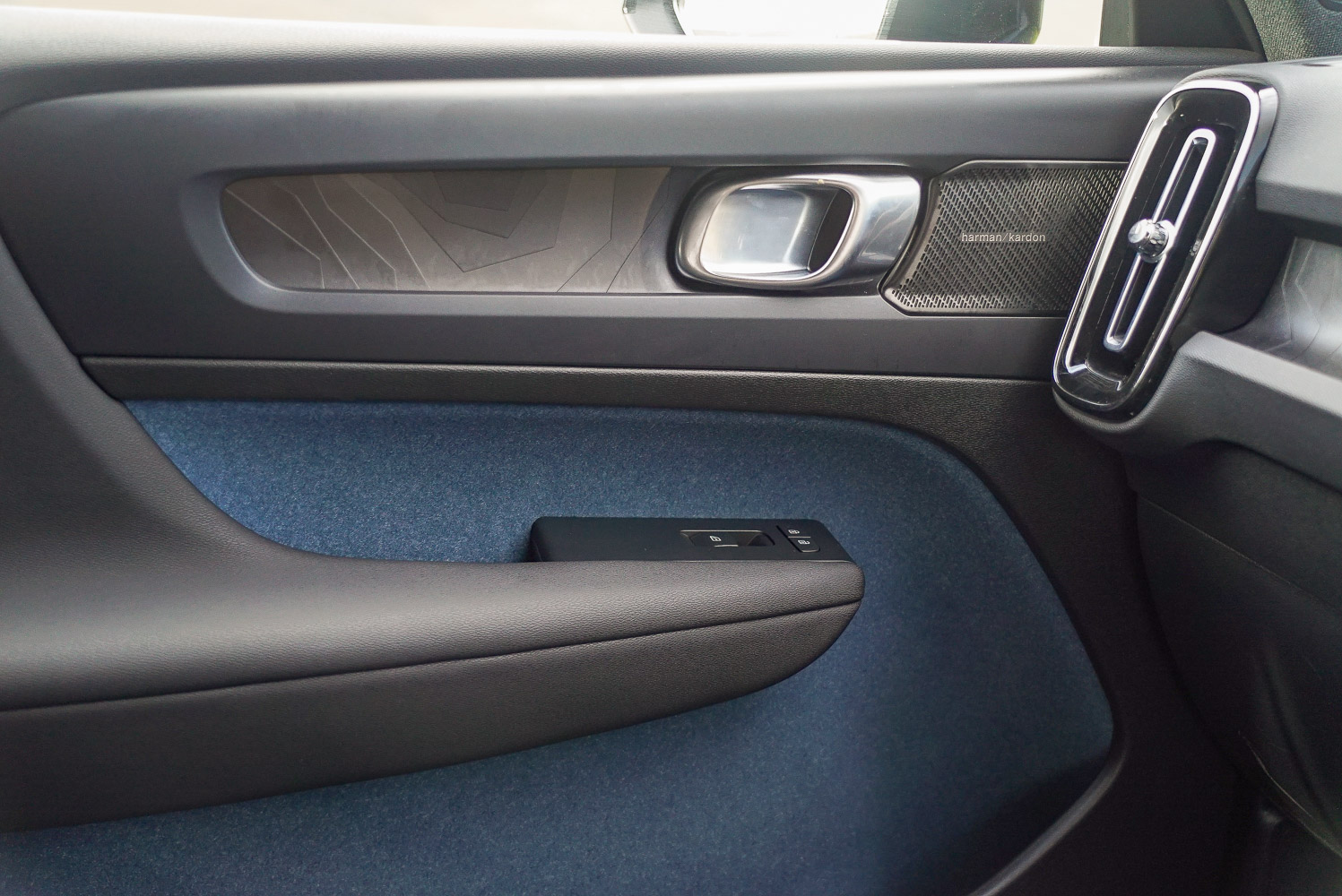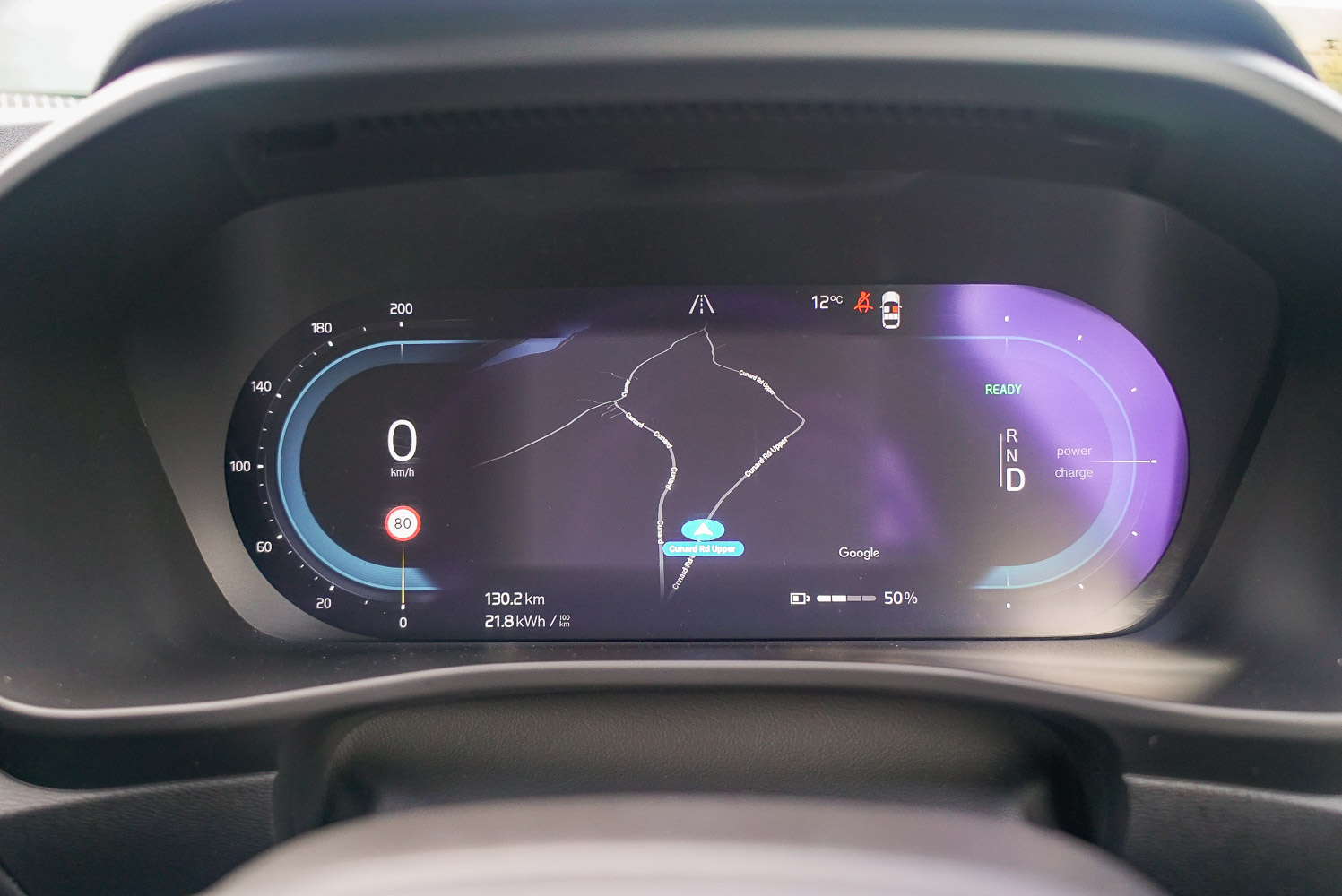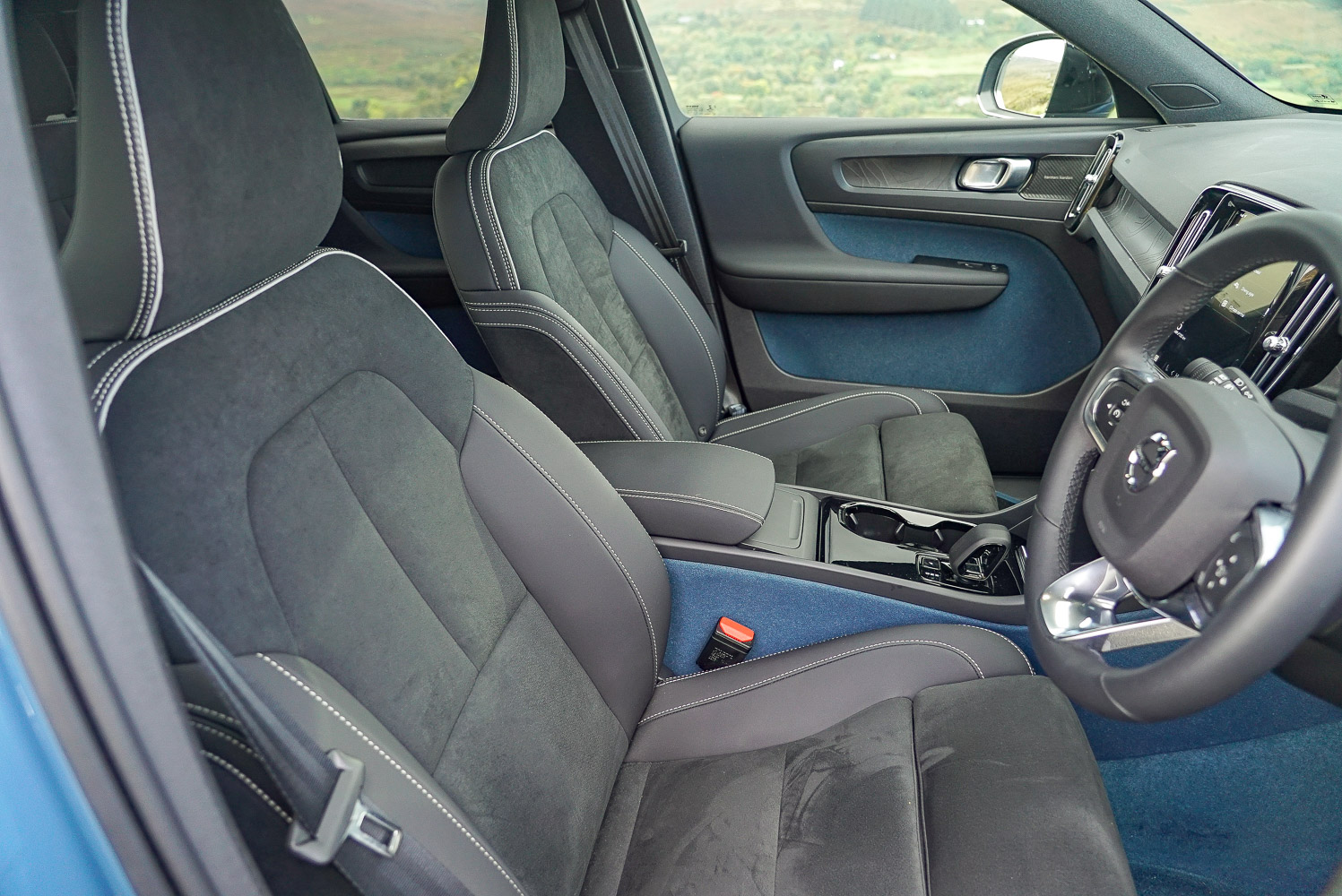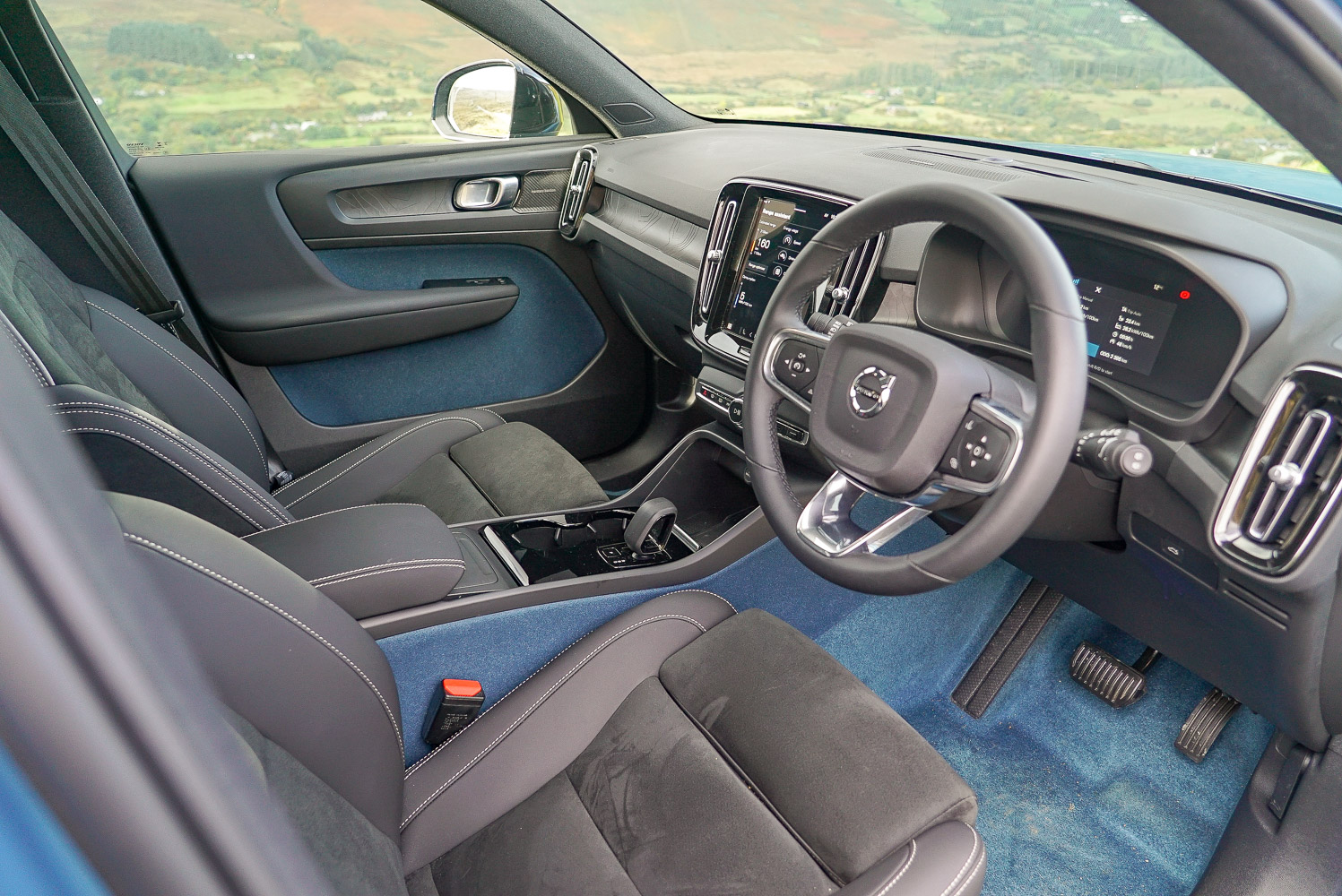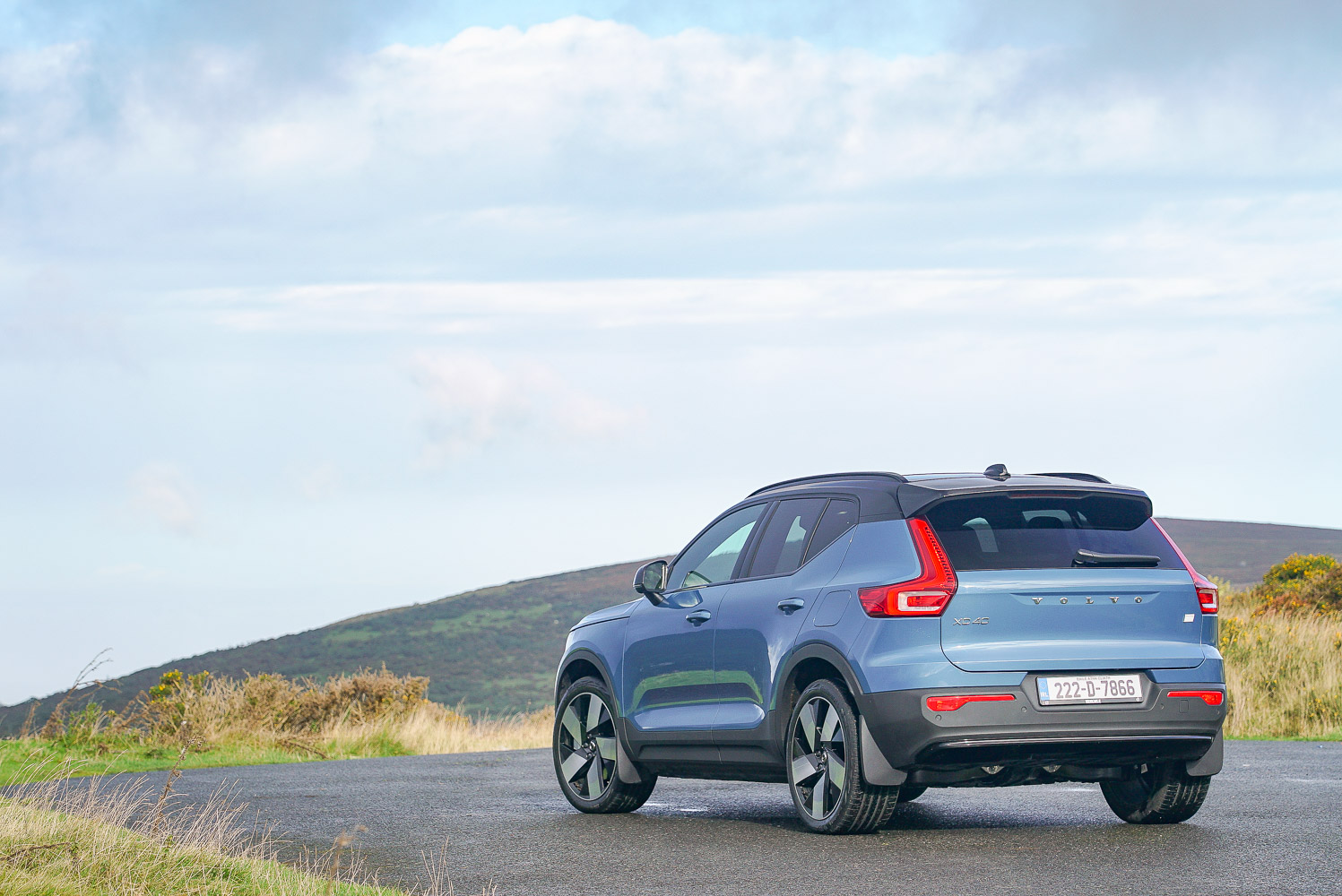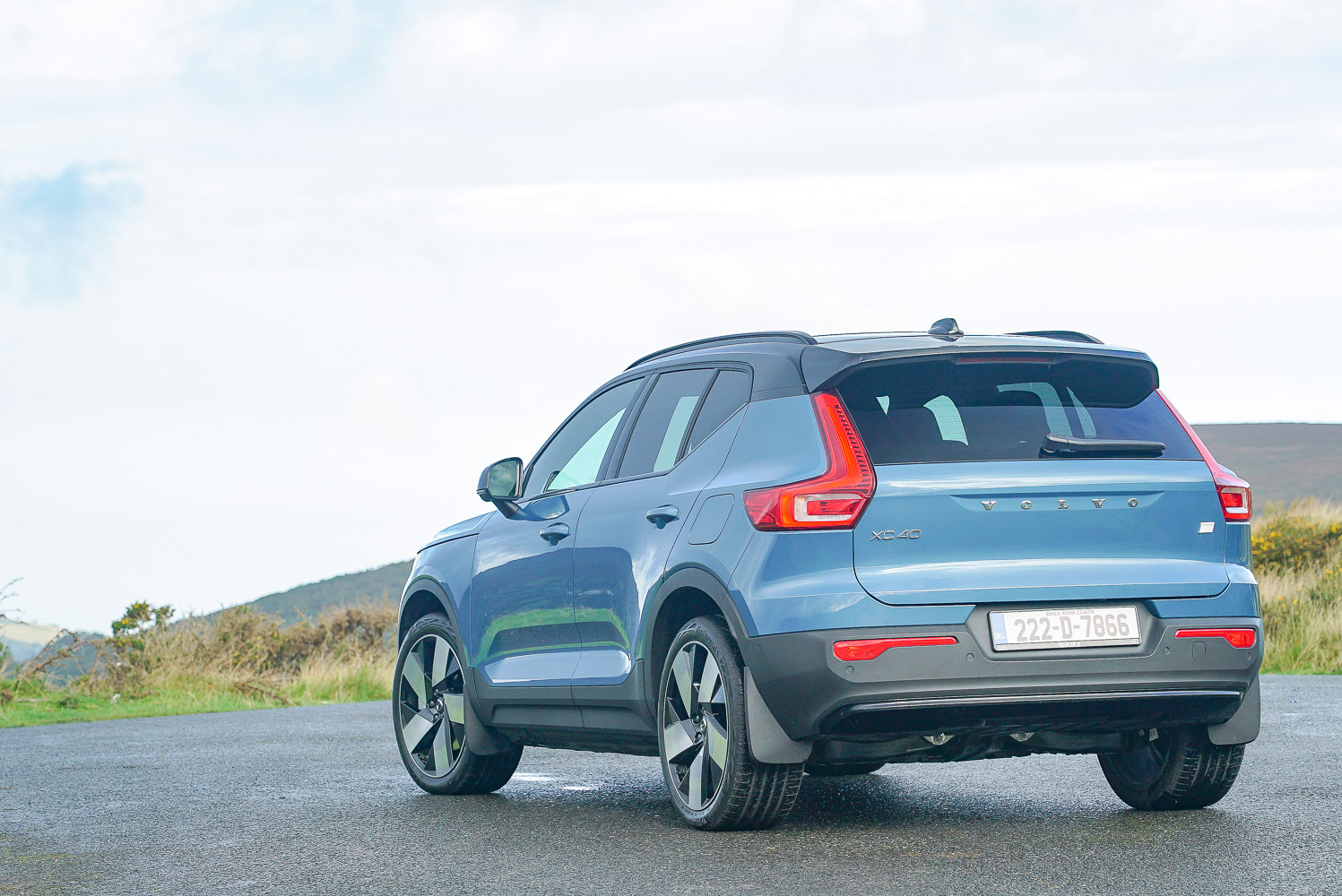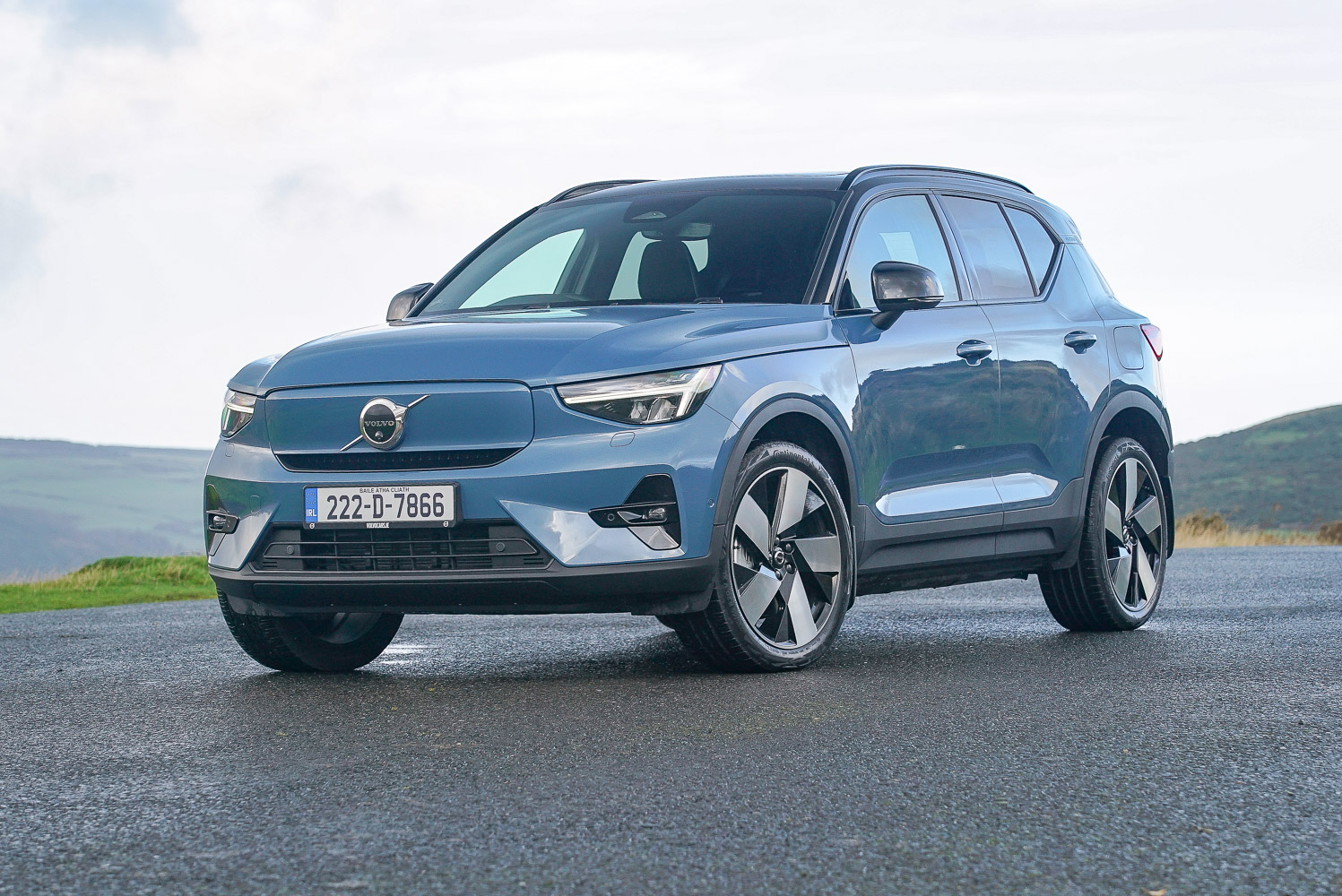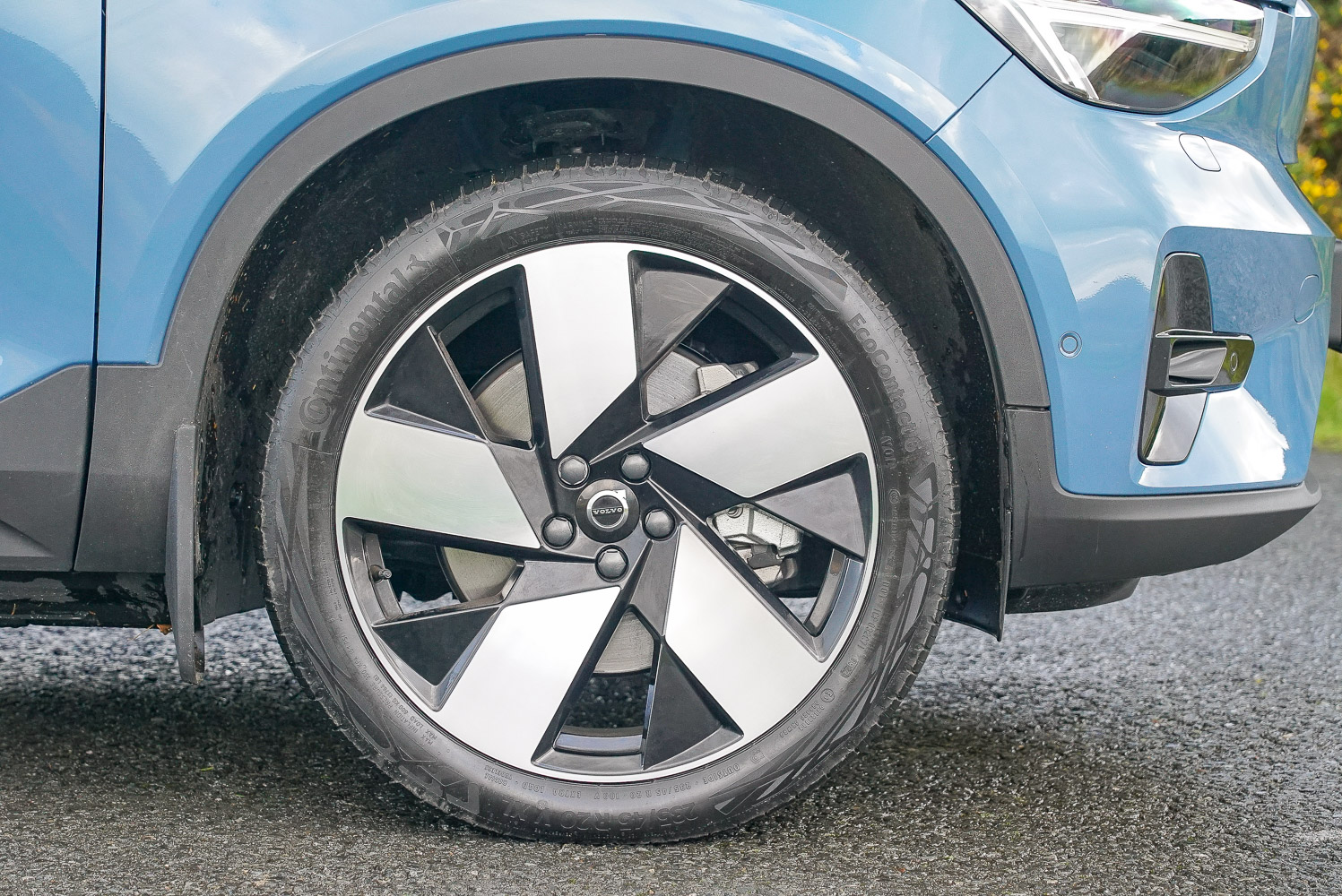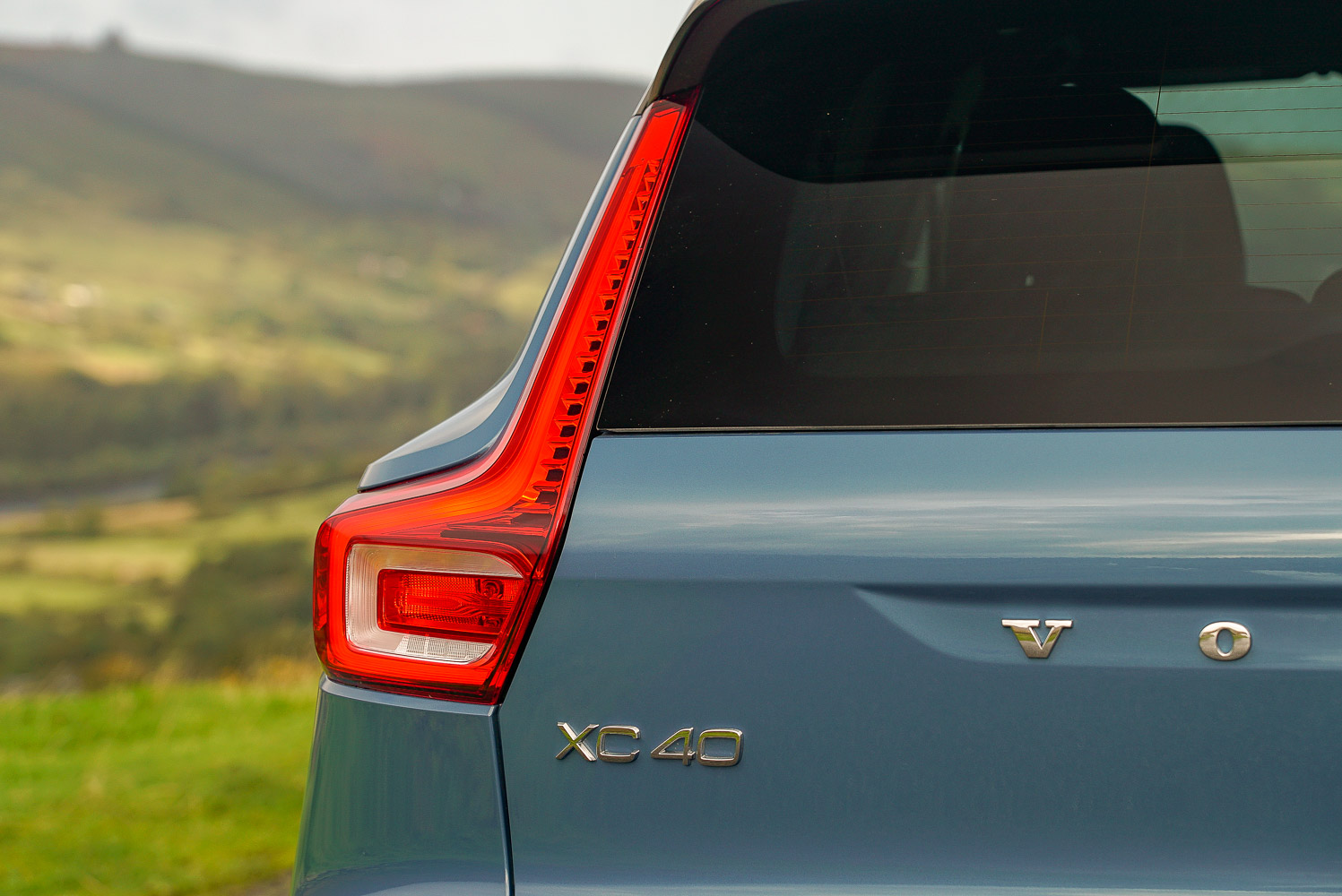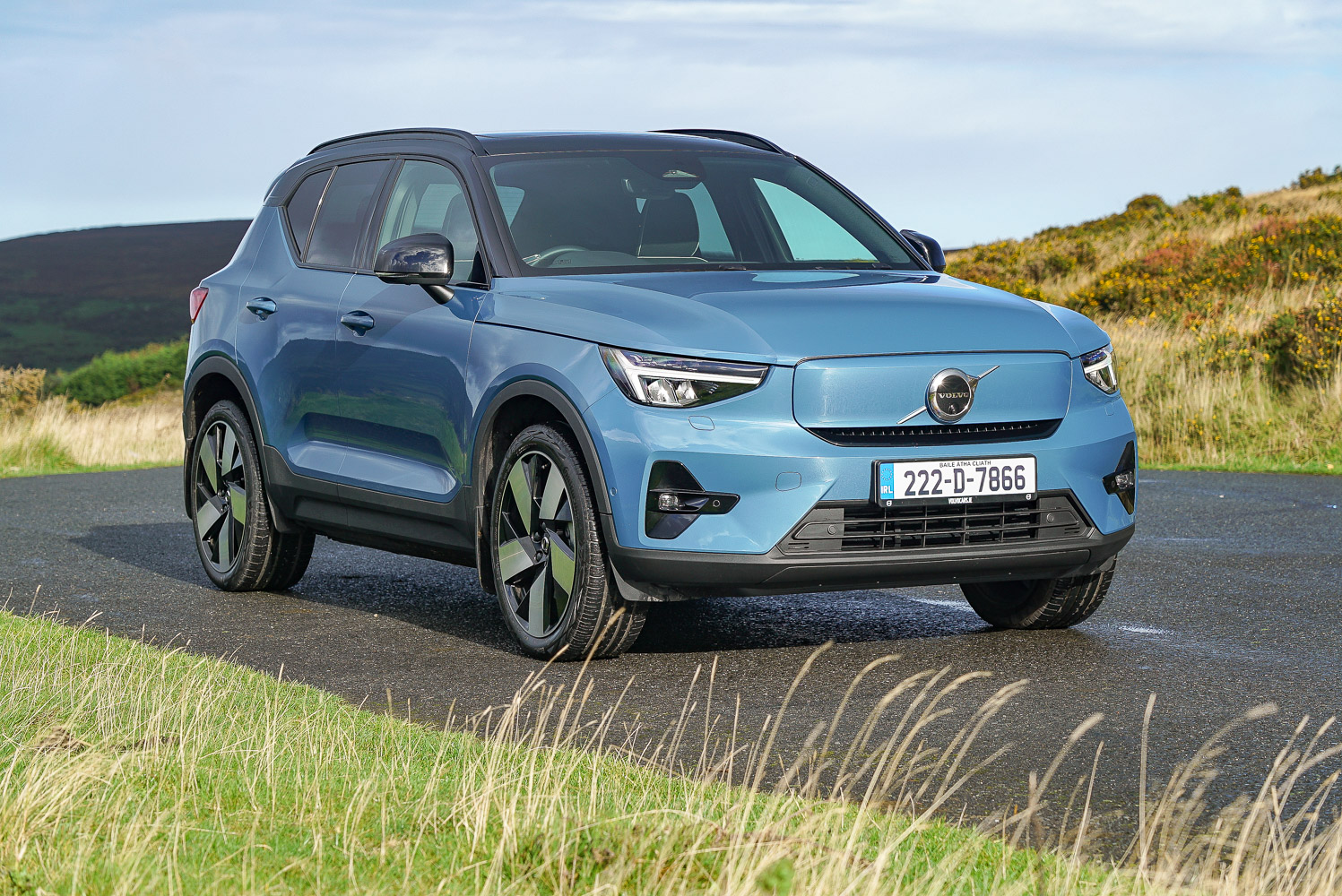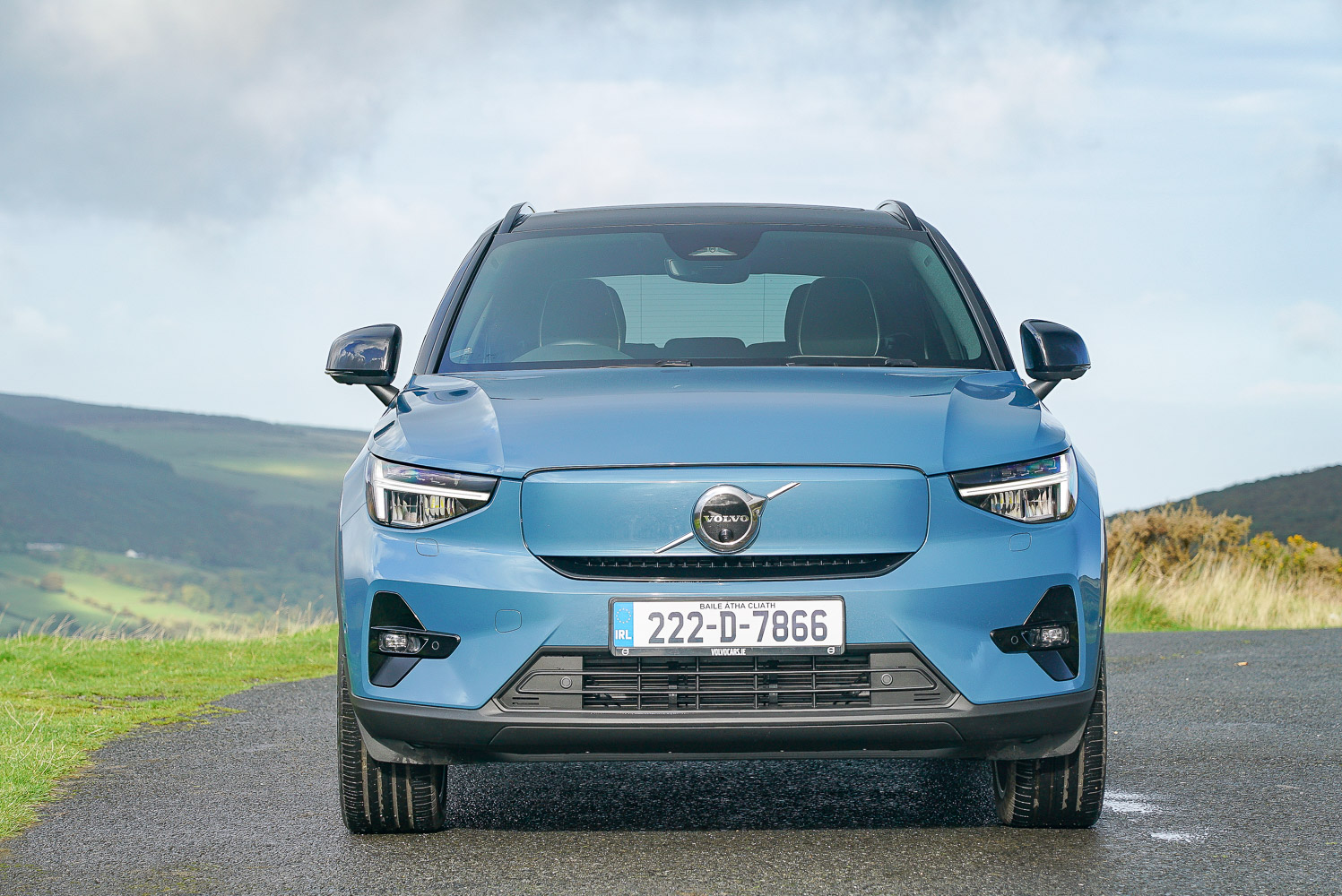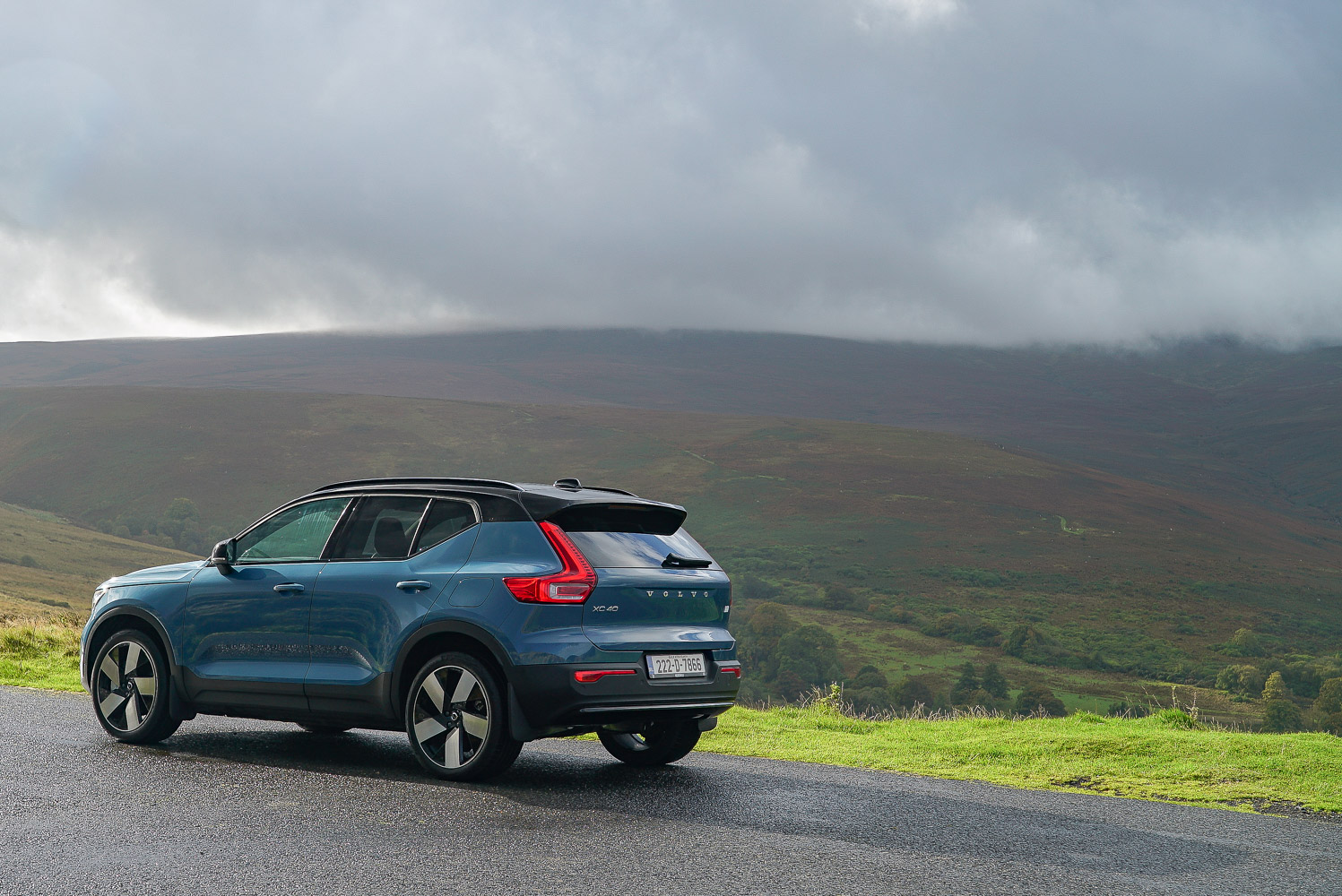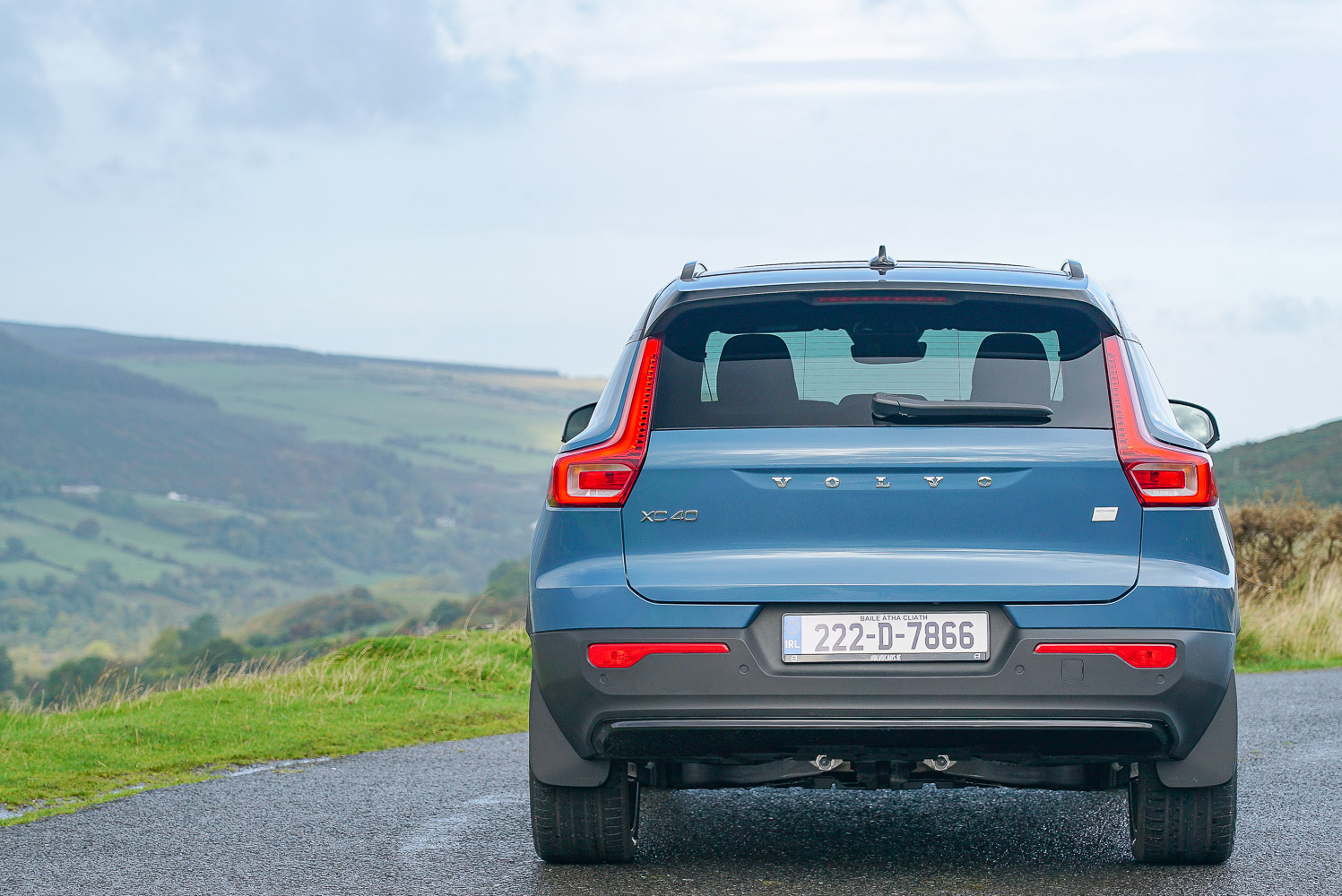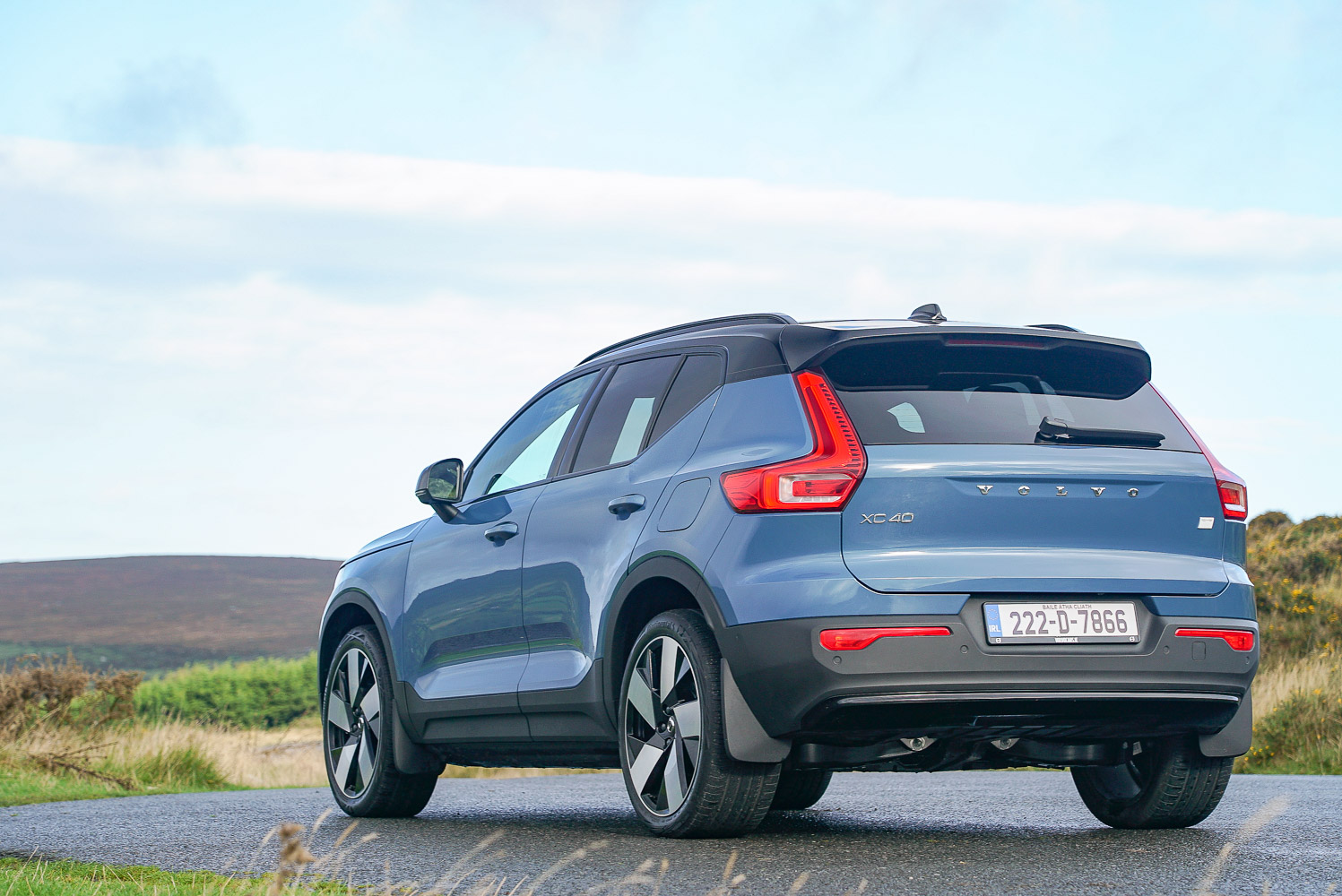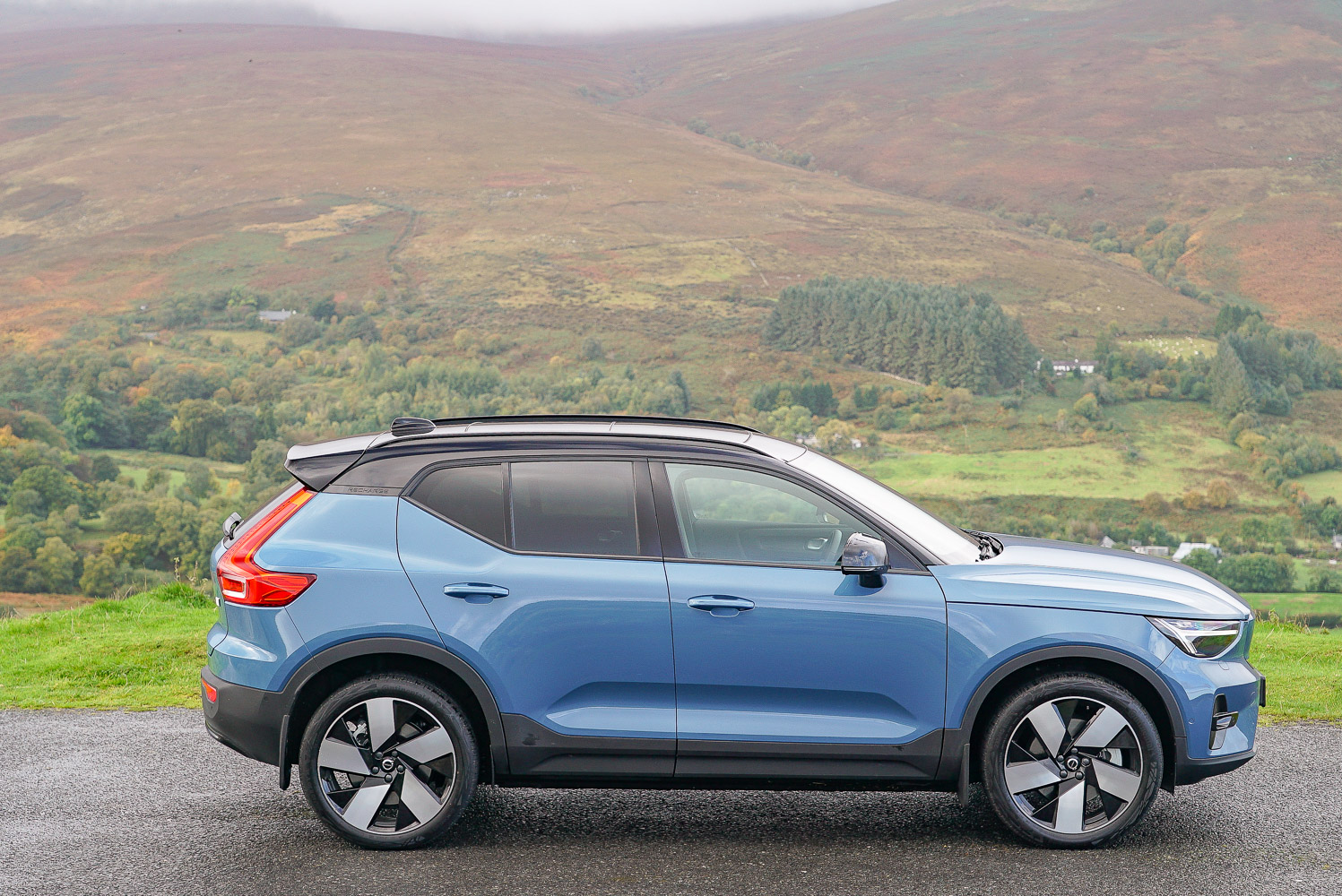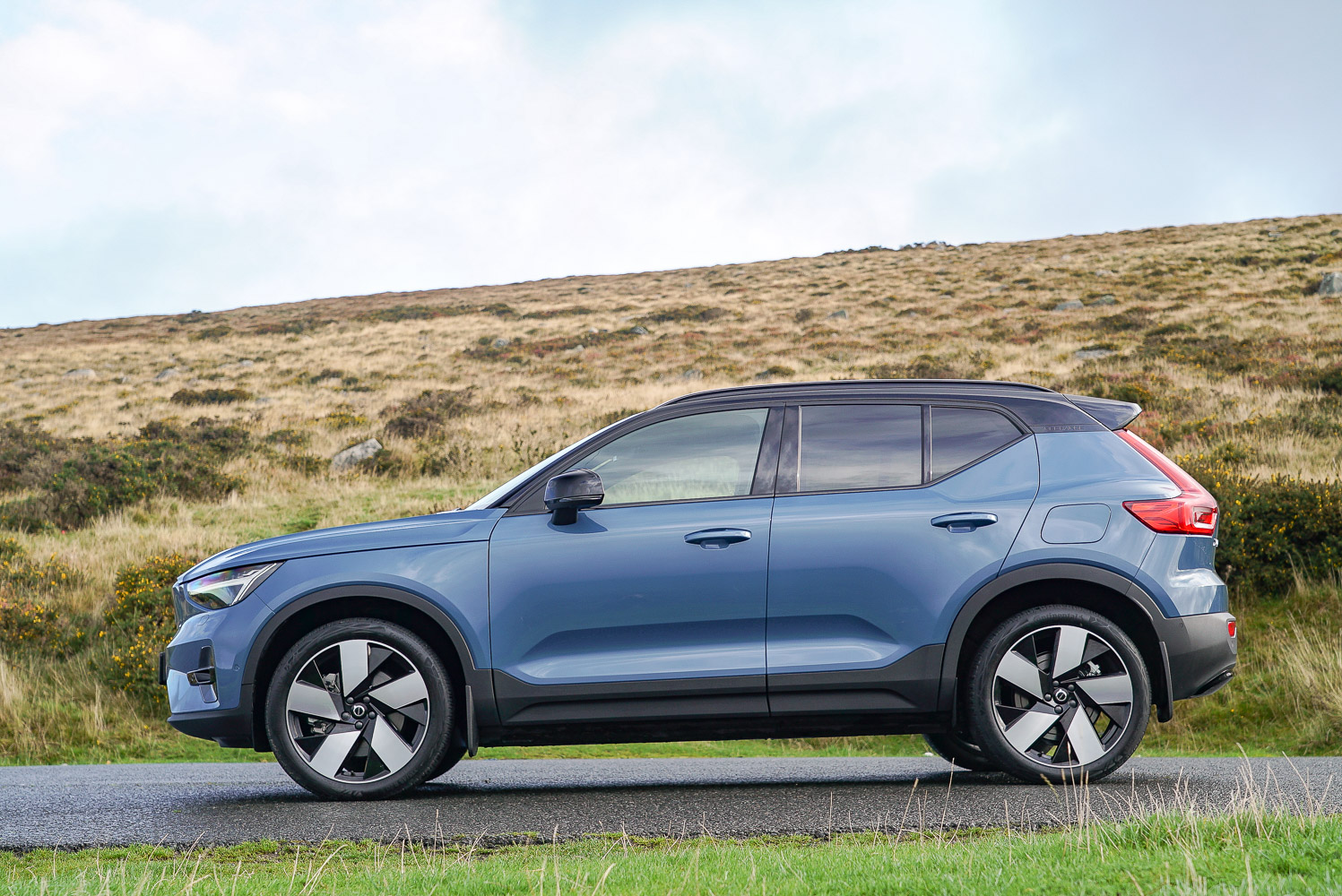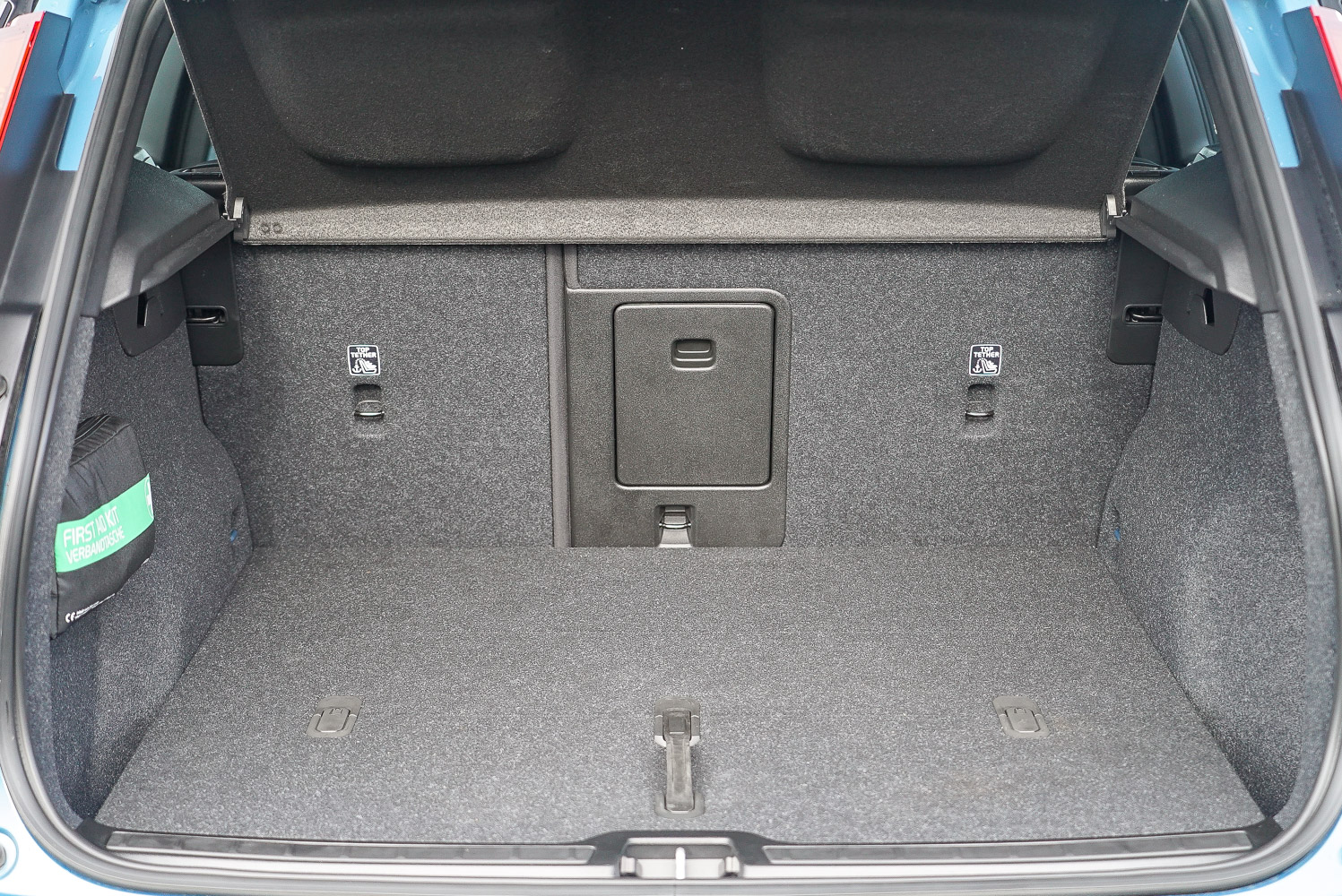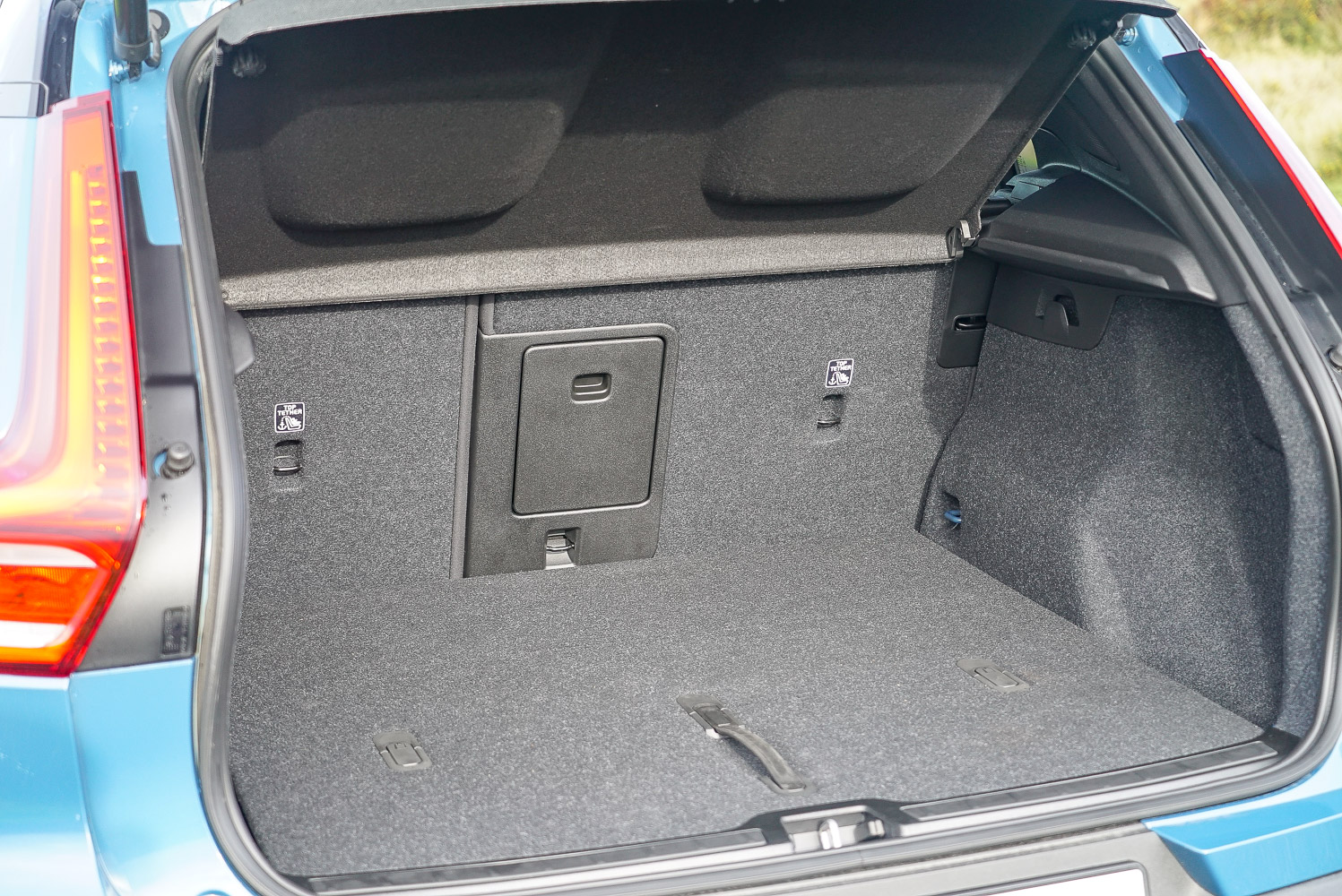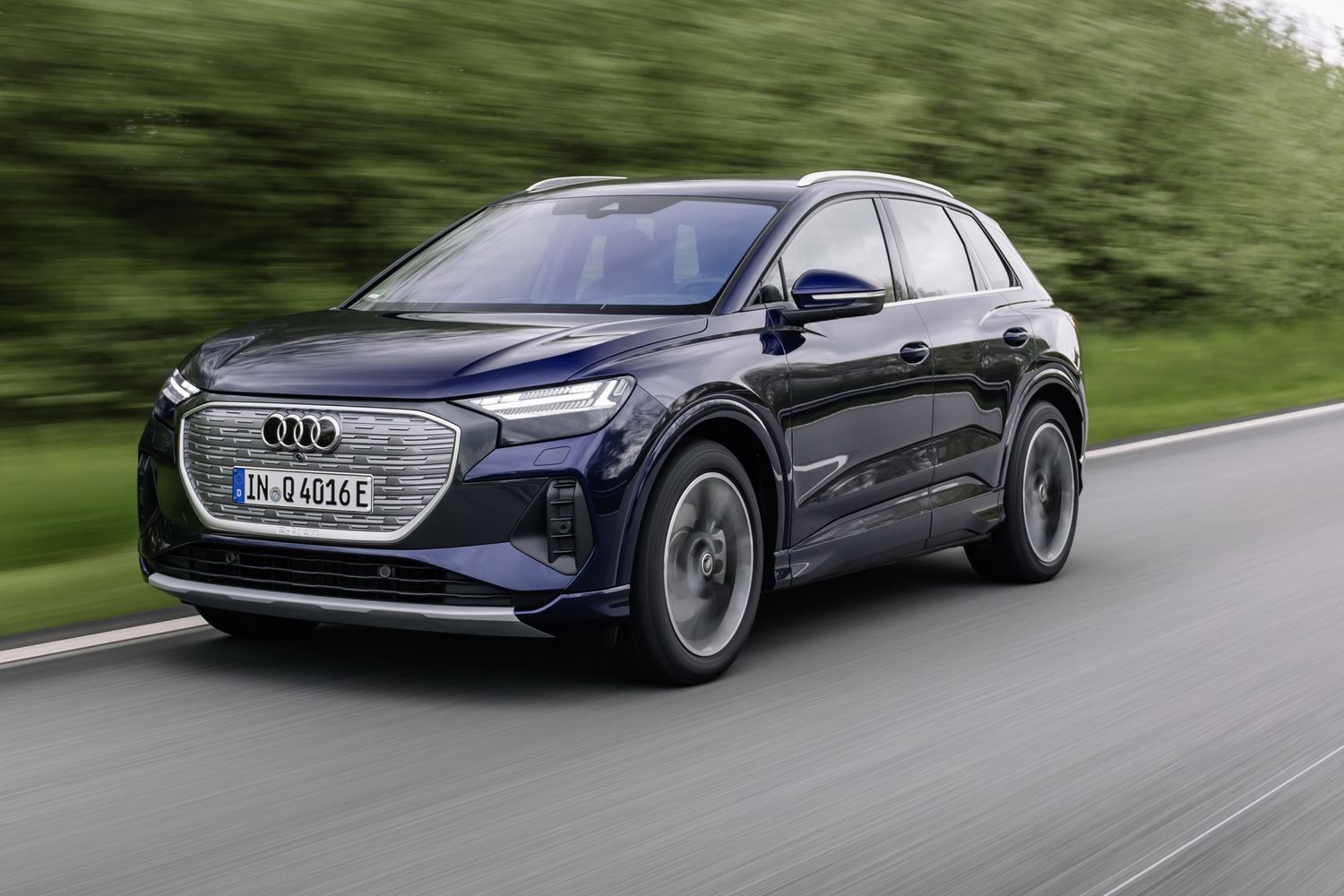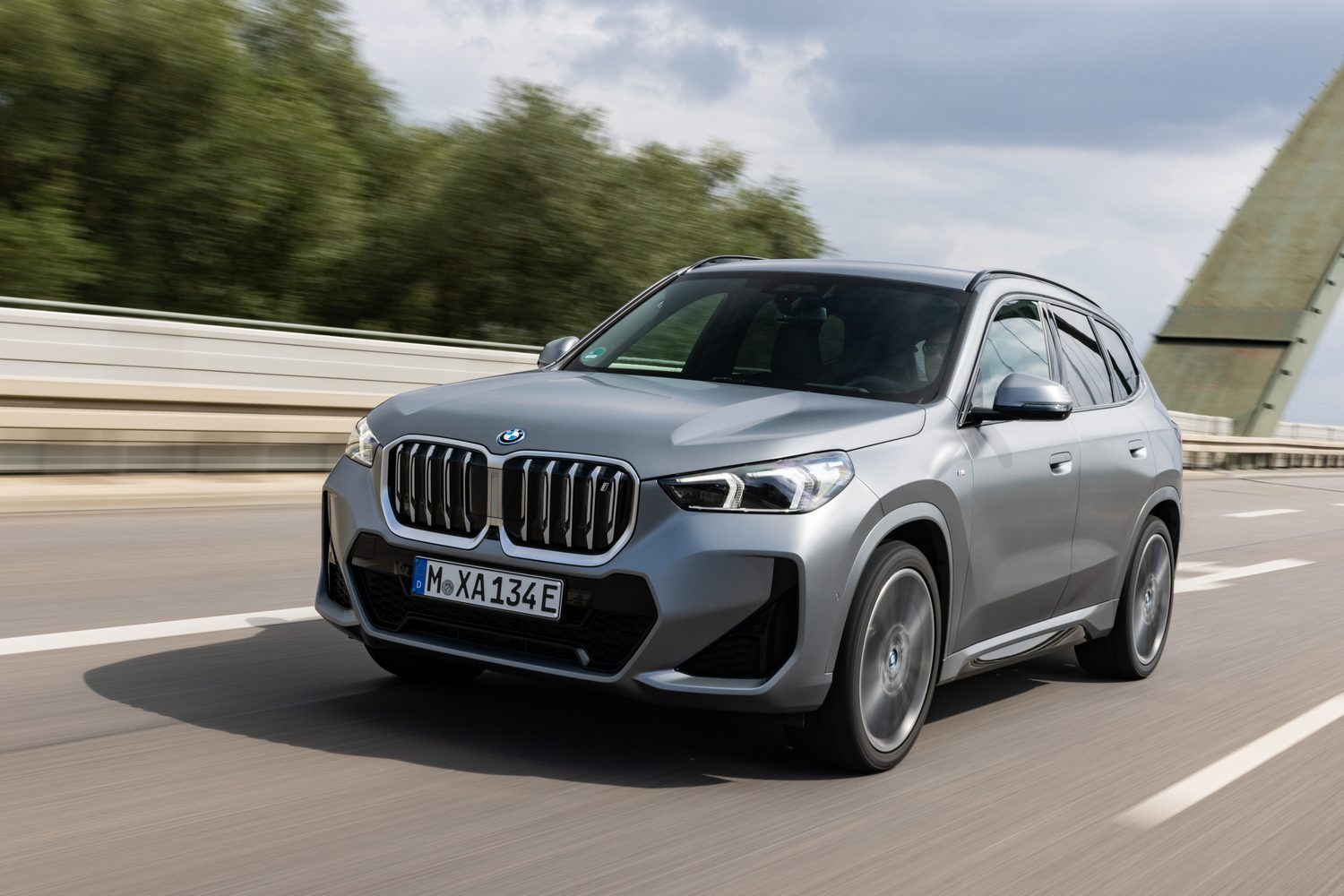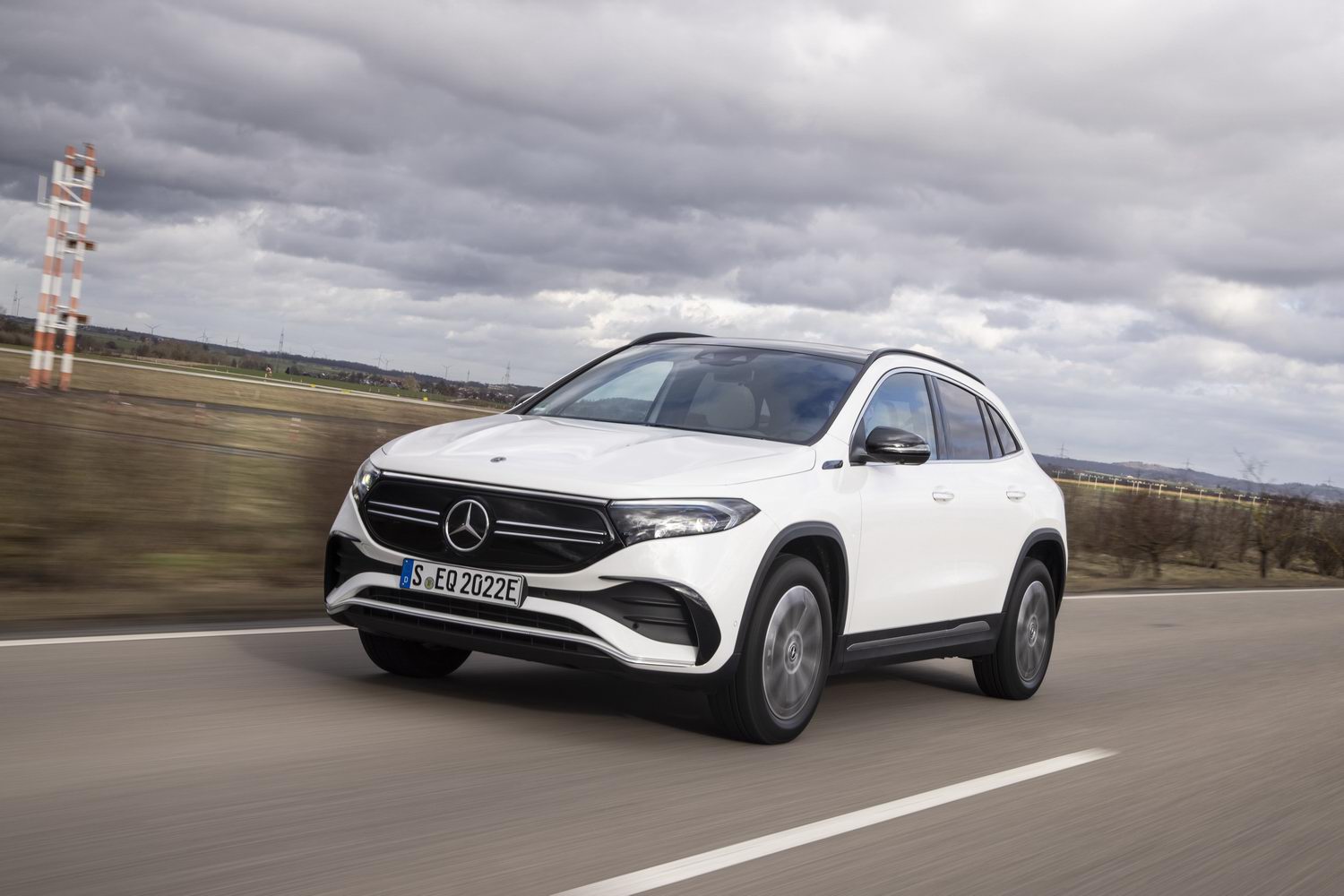Volvo XC40 Recharge overview
It has been five years since the Volvo XC40 was first revealed, and since then the range has expanded to include plug-in hybrid and full electric versions. The latter arrived in 2020, and the first model that was available featured a dual-motor set-up packing a potent 408hp and a range of up to 436km. Now Volvo has introduced a less powerful single-motor version of the XC40 Recharge. This still has a healthy 231hp and drive is sent to the front wheels, while there's a healthy €8,610 saving over the equivalent dual-motor model.
The XC40 is a great-looking compact SUV. Its stumpy dimensions and boxy design are appealing whichever powertrain you choose, while Recharge models are marked out by a body-coloured grille blank. You might expect this to be the location for the charging port, but it's actually in the left rear wing, just like a fuel filler on a combustion-engined XC40.
The electric premium SUV sector is a busy one, because these cars are big enough to house an electric drivetrain without compromising interior space too drastically, while still delivering an upmarket drive. Volvo has to compete with the big German manufacturers in the class, with the Audi Q4 e-tron, BMW iX3 (and forthcoming iX1) and Mercedes EQA and EQB models all on offer. Elsewhere, the Hyundai Ioniq 5 and Kia EV6 are well worth considering, while the Nissan Ariya is a significant arrival in the class, too, not to forget the big-selling Volkswagen ID.4 and its Czech cousin, the Skoda Enyaq.
The Volvo XC40 Recharge model range
Irish pricing for the Volvo XC40 Recharge starts at €58,730. This is for the single-motor model in Plus guise, which is the mid-range trim of the more expensive dual-motor line-up. While there's a €3,200 difference between starting prices for the single- and twin-motor versions, the latter is in Core spec; like-for-like, the Recharge Twin is actually €8,610 more expensive.
As well as just a single 231hp motor, the entry model has a smaller 69kWh battery (down from 78kWh), the reasoning being that the lower power output of the single motor won't drain the battery as quickly. However, the difference in driving range between both versions isn't very large, with the 422km official range of the single-motor model only 13km short of the twin-motor's figure.
It's possible to top up the battery from 10-80 per cent capacity in 32 minutes from a 150kW DC source, conditions permitting.
Since Volvo's Plus trim is a mid-spec option (it's largely the equivalent of the older R-Design spec), it's pretty generously equipped - it certainly helps justify the price. There are six metallic paint colours available as a no-cost option, while 19-inch alloy wheels are also standard. Heated seats front and rear, a heated steering wheel and a heat pump for more efficient cabin heating are all fitted, along with keyless entry, adaptive cruise control with Pilot Assist, front and rear parking sensors and a reversing camera, a hands-free powered tailgate and LED lights.
Infotainment is handled by a nine-inch portrait touchscreen featuring a Google-based operating system, which is very user-friendly. It comes with four years of Google services, such as mapping, search and entertainment apps, while Bluetooth, DAB radio and wireless smartphone charging are all included.
Park assist, auto lights and wipers, two-zone electronic climate control and a 12.3-inch digital driver's display all feature, too.
City braking with pedestrian and cyclist detection, front and rear auto brake, run-off road and oncoming lane mitigation are all included, as are blind-spot detection, driver alert, road sign recognition, a speed limiter and whiplash-protection front headrests.
Above the Plus model is Ultimate trim as tested here. This adds a Harman Kardon 12-speaker stereo with Dolby surround sound, 20-inch alloys, panoramic sunroof, 360-degree cameras and extra ambient lighting inside.
The Volvo XC40 Recharge interior
The upright shape of the XC40 means there's decent space inside, although the kick up in the rear window line means that back-seat passengers get a slightly hemmed-in view of their surroundings. Another issue arises courtesy of the XC40 Recharge's roots in the combustion-engined model. Rear passenger space is good for the two outer seats, but the middle one is hampered by a raised transmission tunnel that compromises foot space. This isn't something that affects premium EVs that use a dedicated electric car platform, but then it only really matters to buyers that want to have three people in the back on a regular basis.
Up front, the XC40 feels like an upmarket product. Build quality is great, with plenty of tactile materials, although leather is off the menu, being replaced by synthetic fabrics that offer a similarly premium feel.
Our car was in top-spec Ultimate trim, so featured additional LED ambient lighting that gave the cabin an extra special feeling, especially when illuminating the grey door panels at night. There's good storage inside, too, while the high driving position offers a great view of the road ahead over the flat bonnet.
The boot is a decent size, and there's even space for a decent amount of under-floor storage back there. You can store charging cables there if you like, but to us it makes more sense to put them under the bonnet in the 'frunk' for easy access and to keep them away from the rest of your luggage.
The Volvo XC40 Recharge driving experience
Driving the XC40 Recharge is simplicity in itself - use the keyless entry system to jump in, put your foot on the brake, select drive and off you go. Having previously driven the XC40 Recharge Twin, we expected the single-motor model to behave in a similar manner, but surprisingly this version is way more comfortable, with a more supple suspension set-up. As a result, it's very refined and comfortable in almost every situation. Our car's large 20-inch wheels didn't seem to spoil ride comfort, but they did deliver a bit of road noise. Otherwise, the XC40 is very quiet - you don't hear a thing from the electric motor when you're on the move.
Our drive allowed us to use Volvo's adaptive cruise control system, and it proved to be a smooth system as it changed speed. Take control yourself, and Volvo has calibrated the throttle so that the only time there's a big shove of torque is when you put the pedal all the way to the floor. Do this and the XC40 feels super-quick, certainly fast enough to make you wonder why there's a 408hp model. Admittedly traction isn't quite as strong as in the four-wheel-drive variant, but the front wheels get their power to the road without much fuss.
Overall, the XC40 Recharge is good to drive, and is helped by its responsive steering. This can be weighted up via a menu in the touchscreen, but we found the standard setting fine. There are also settings to adjust the pedal response for one-pedal driving, but apart from that, the XC40 largely has one set of parameters that remain the same for every drive. That one-pedal mode is relatively extreme and doesn't feel particularly natural - you have to push quite hard against the pedal to get the car moving, and it might take some getting used to if you're not familiar with such systems. Shame there's not a few different levels to choose from.
We covered around 700km in the XC40 Recharge, with a fair amount of 120km/h motorway driving included. During that time, we managed an average efficiency of around 25kWh/100km, which isn't great when compared with some of the XC40's rivals. That rate means a range of roughly 300km on the motorway, which is a little short of Volvo's official number, although this will likely be improved if you stick to low-speed, urban driving.
Our verdict on the Volvo XC40 Recharge
The Volvo XC40 Recharge is a really likeable electric SUV. It's a high-quality product, it looks good inside and out and it drives well enough, too. The only real fly in the ointment with the electric XC40 is that it's not massively efficient. This single-motor version does prove, however, that there's no need for the all-wheel-drive Recharge Twin version (unless you need its all-weather traction), because this one is more comfortable and has more than enough performance for everyday driving, at a much lower price.

